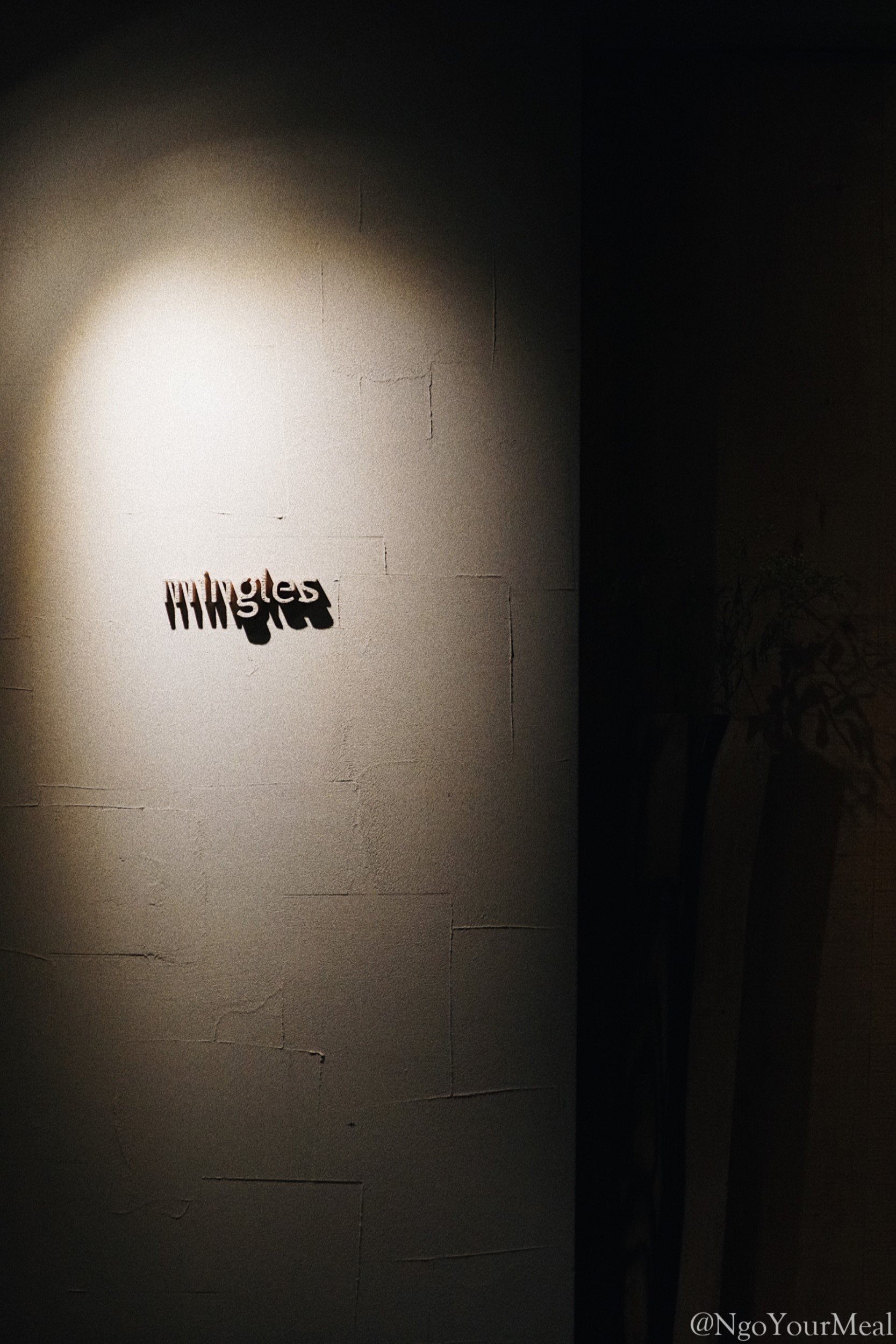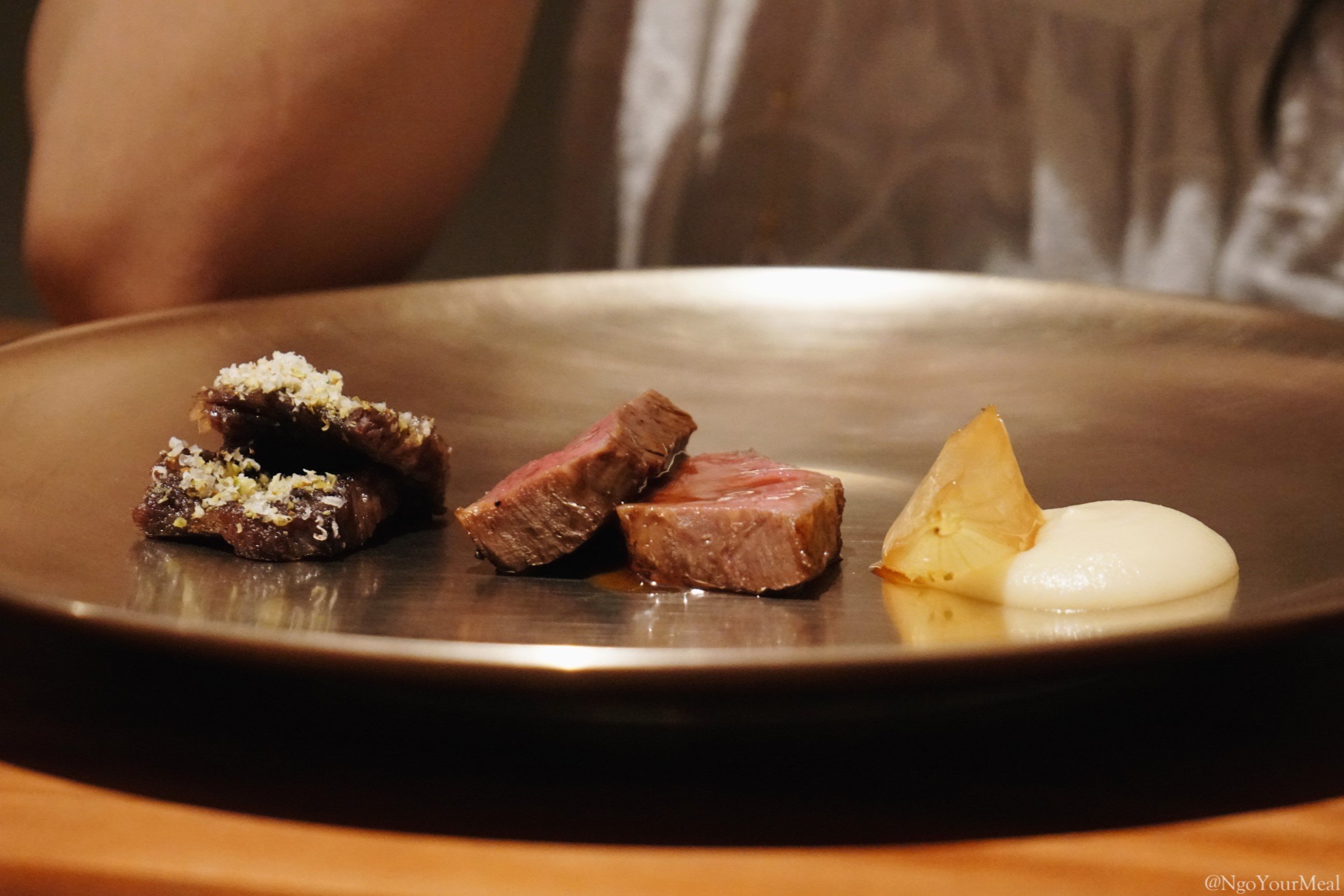Mingles (밍글스): Pushing the Boundaries of Korean Cuisine
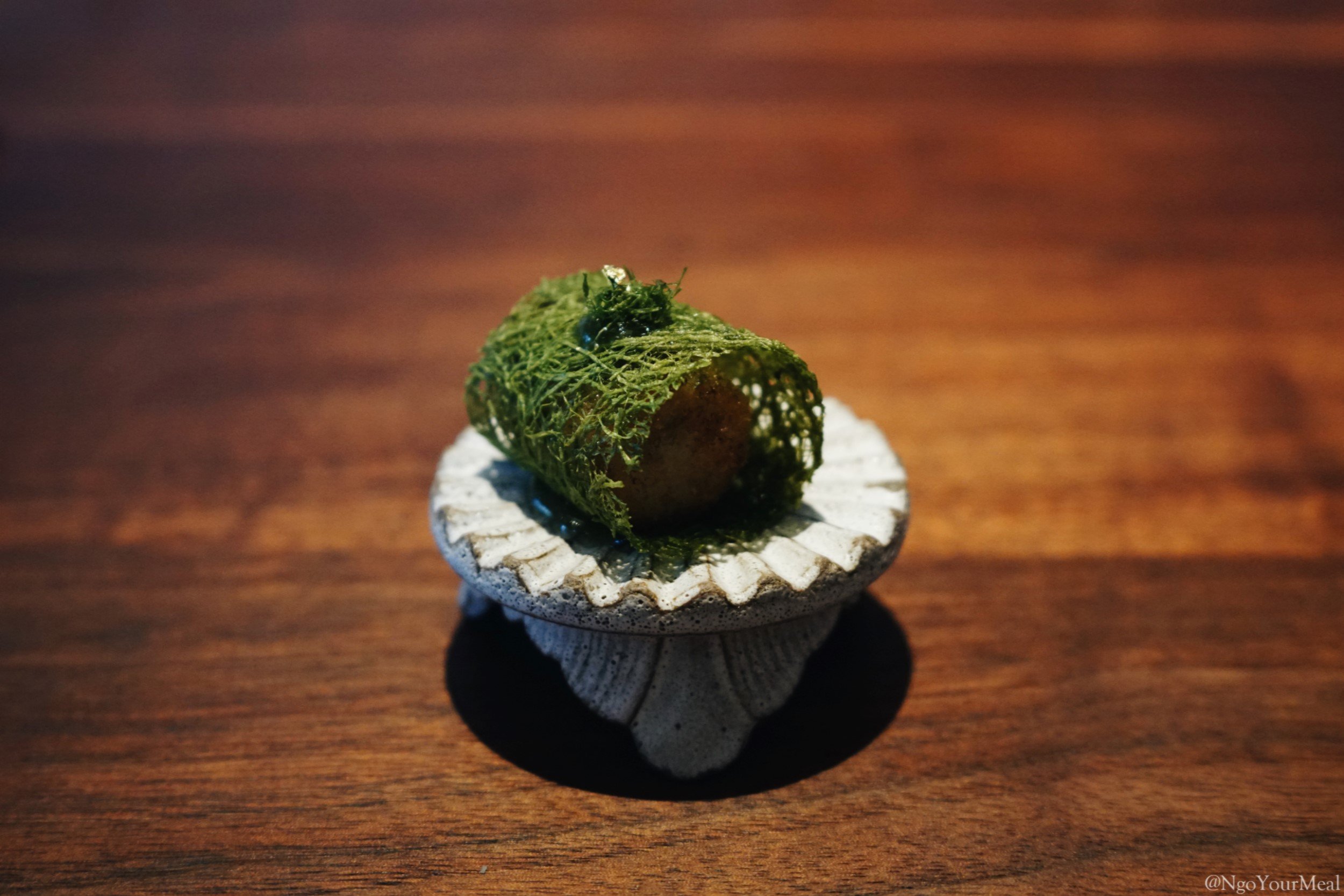
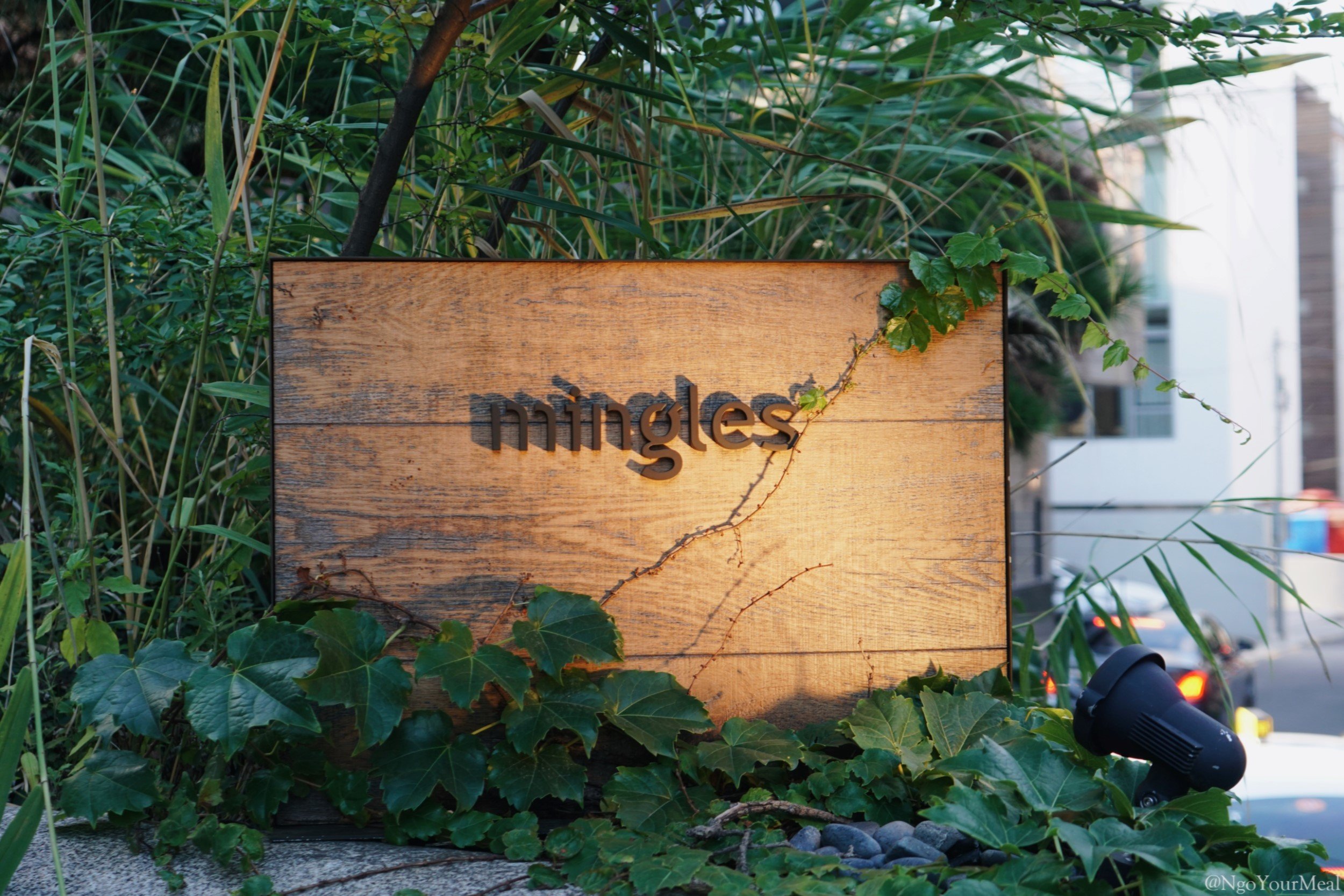

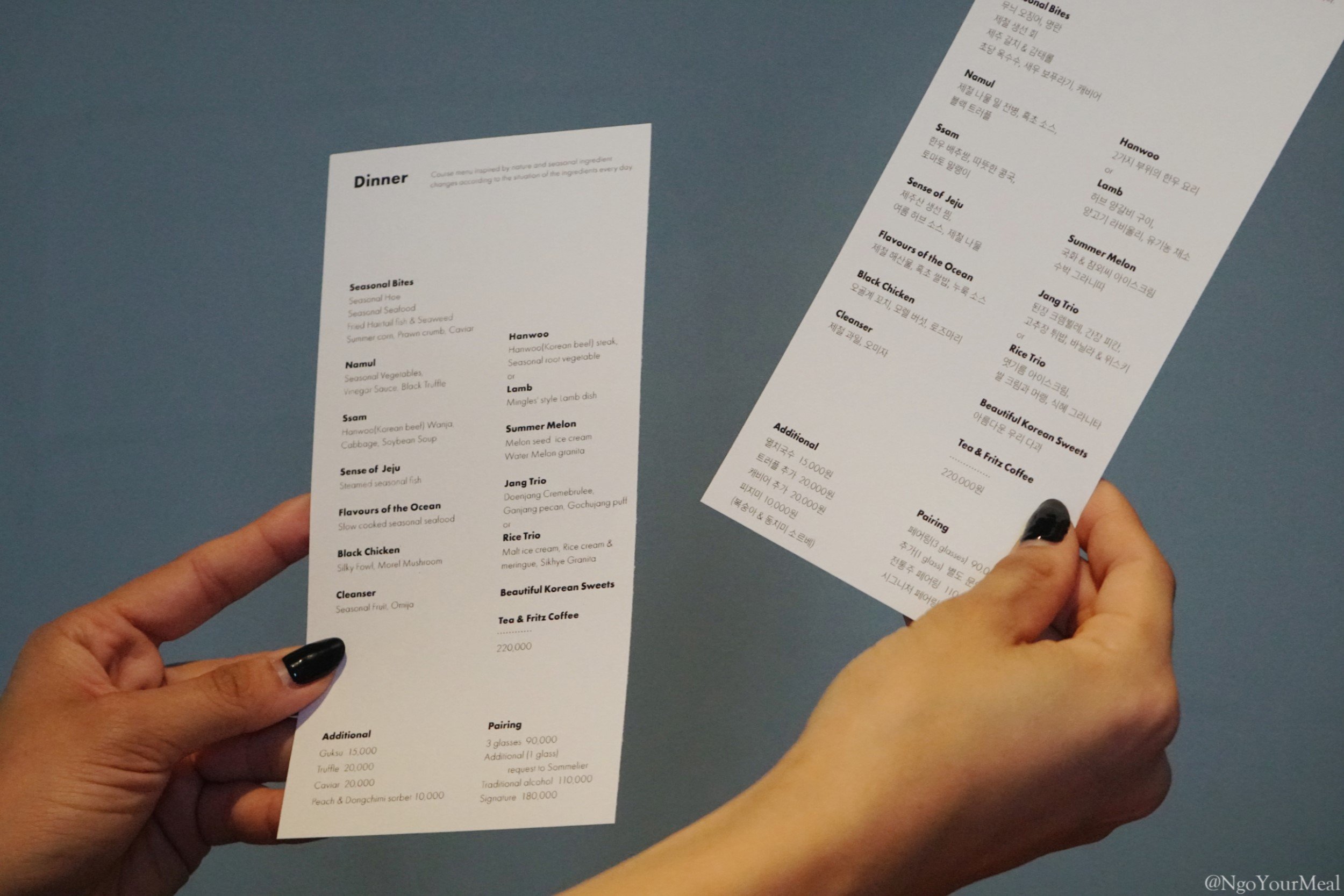
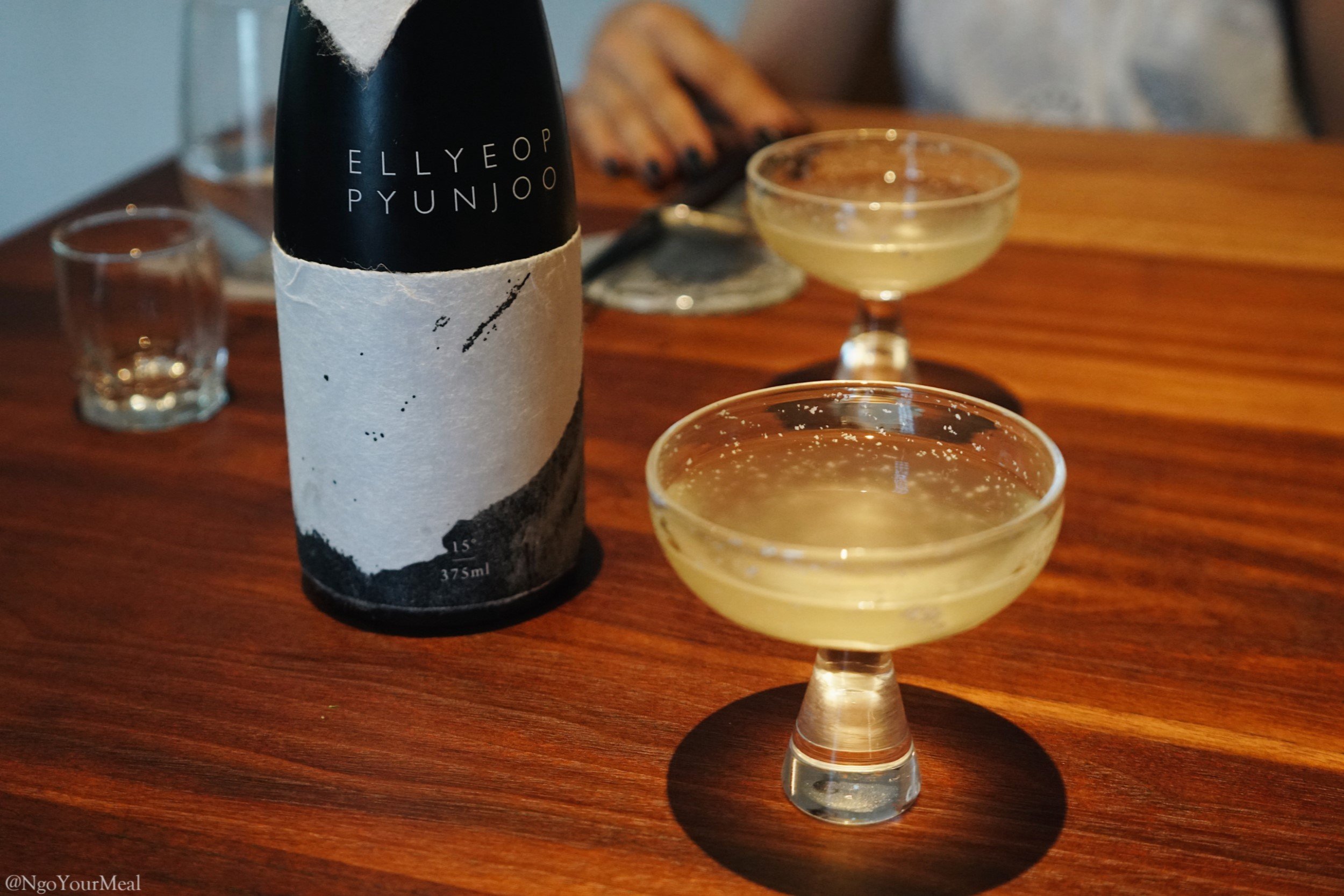

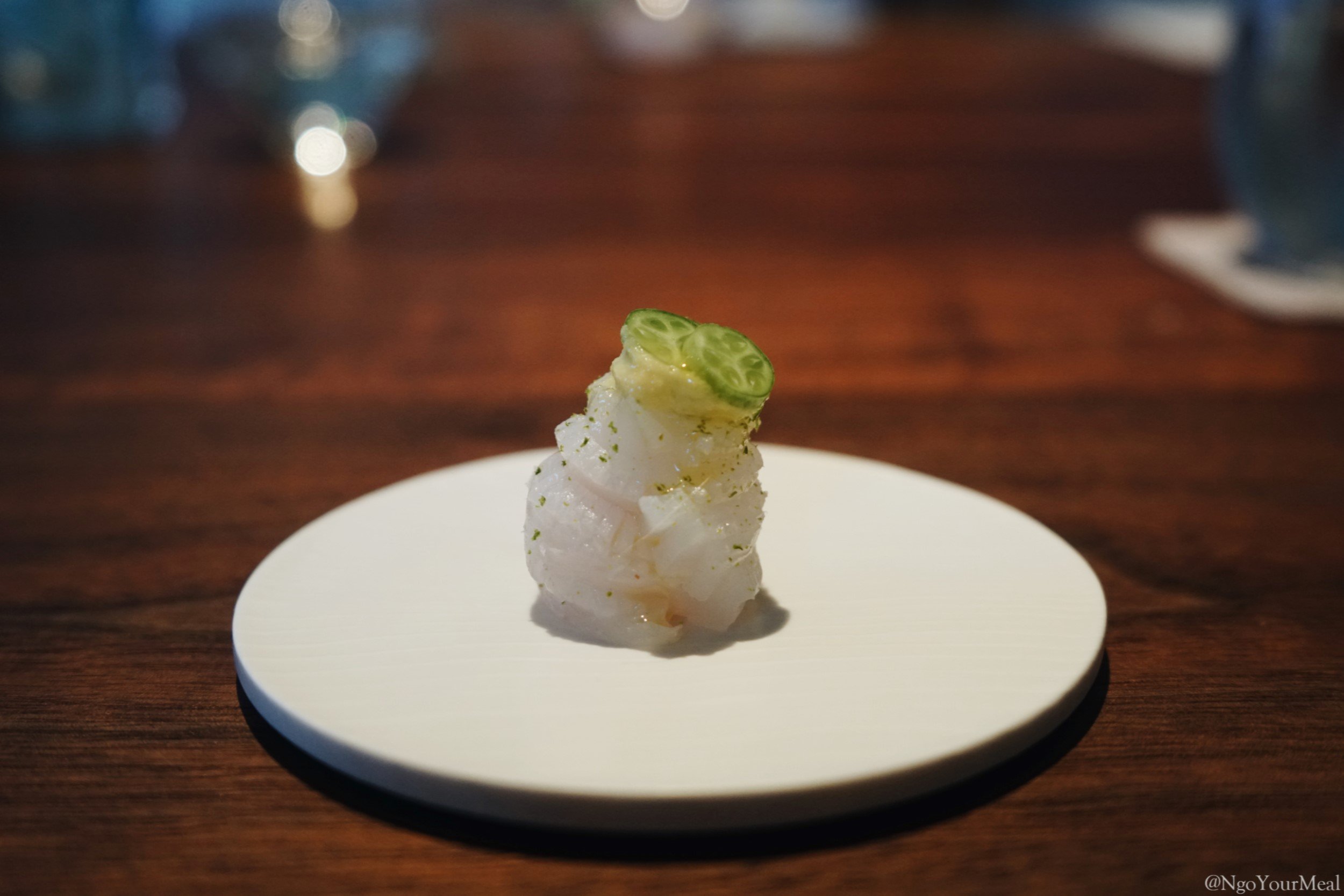
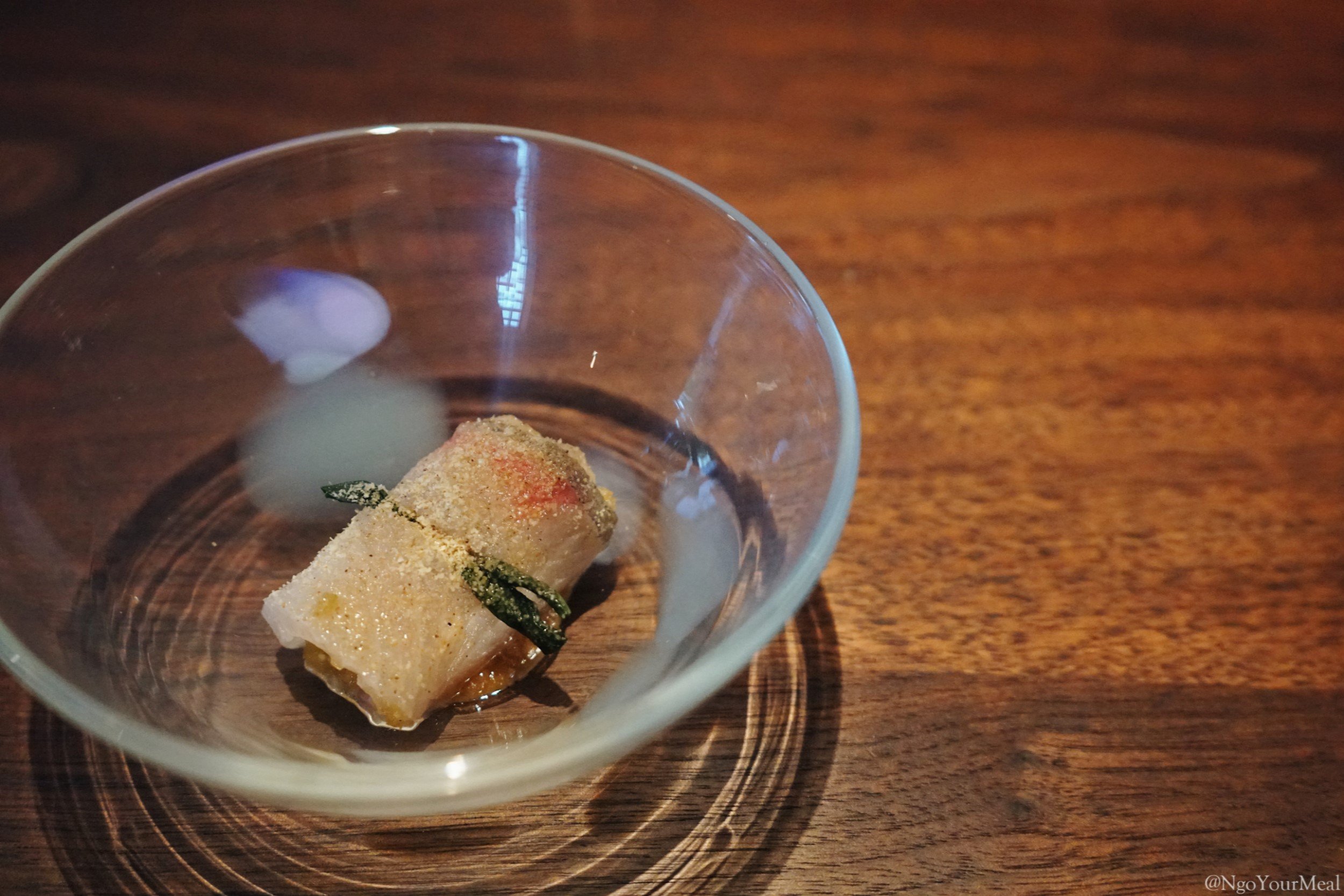
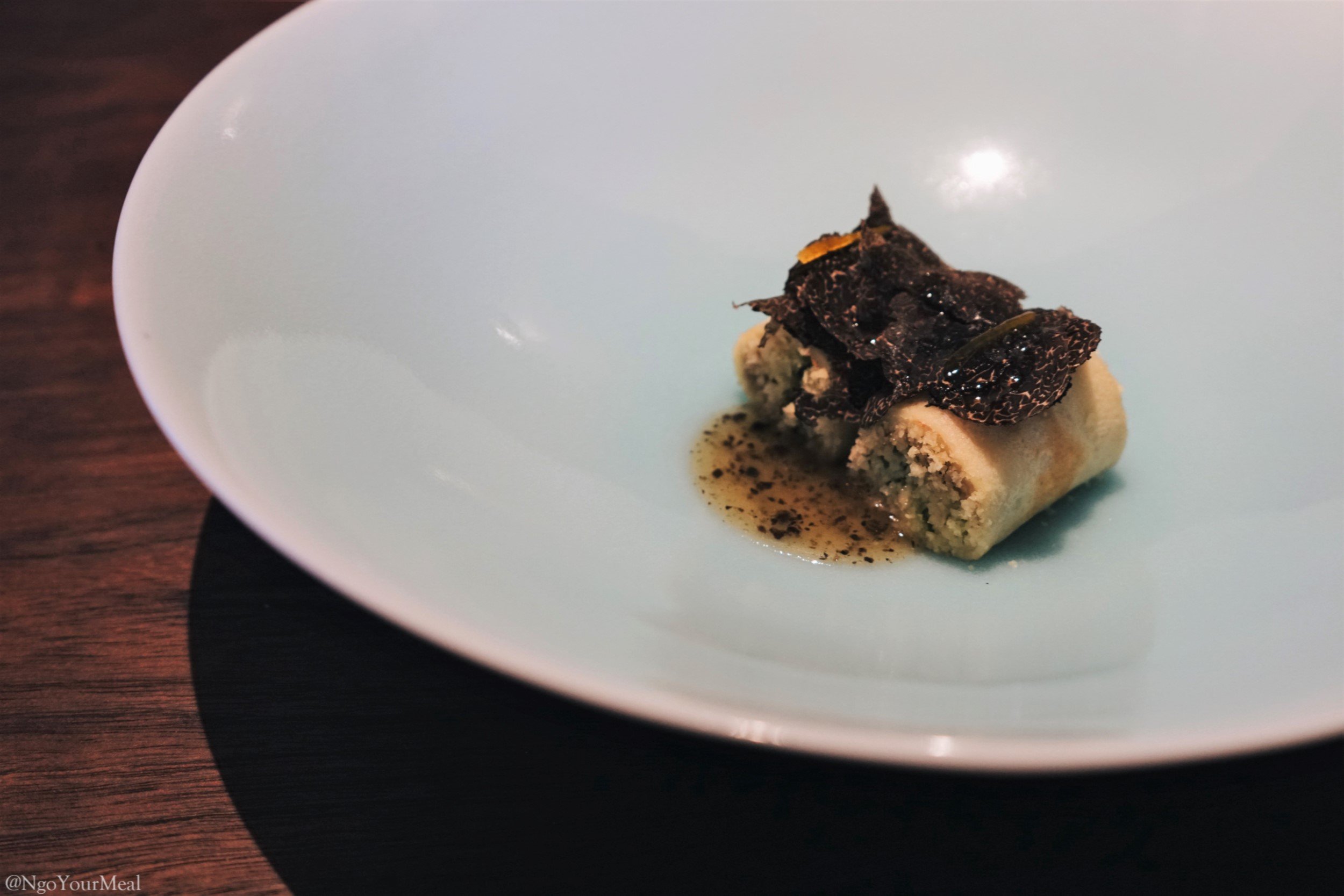
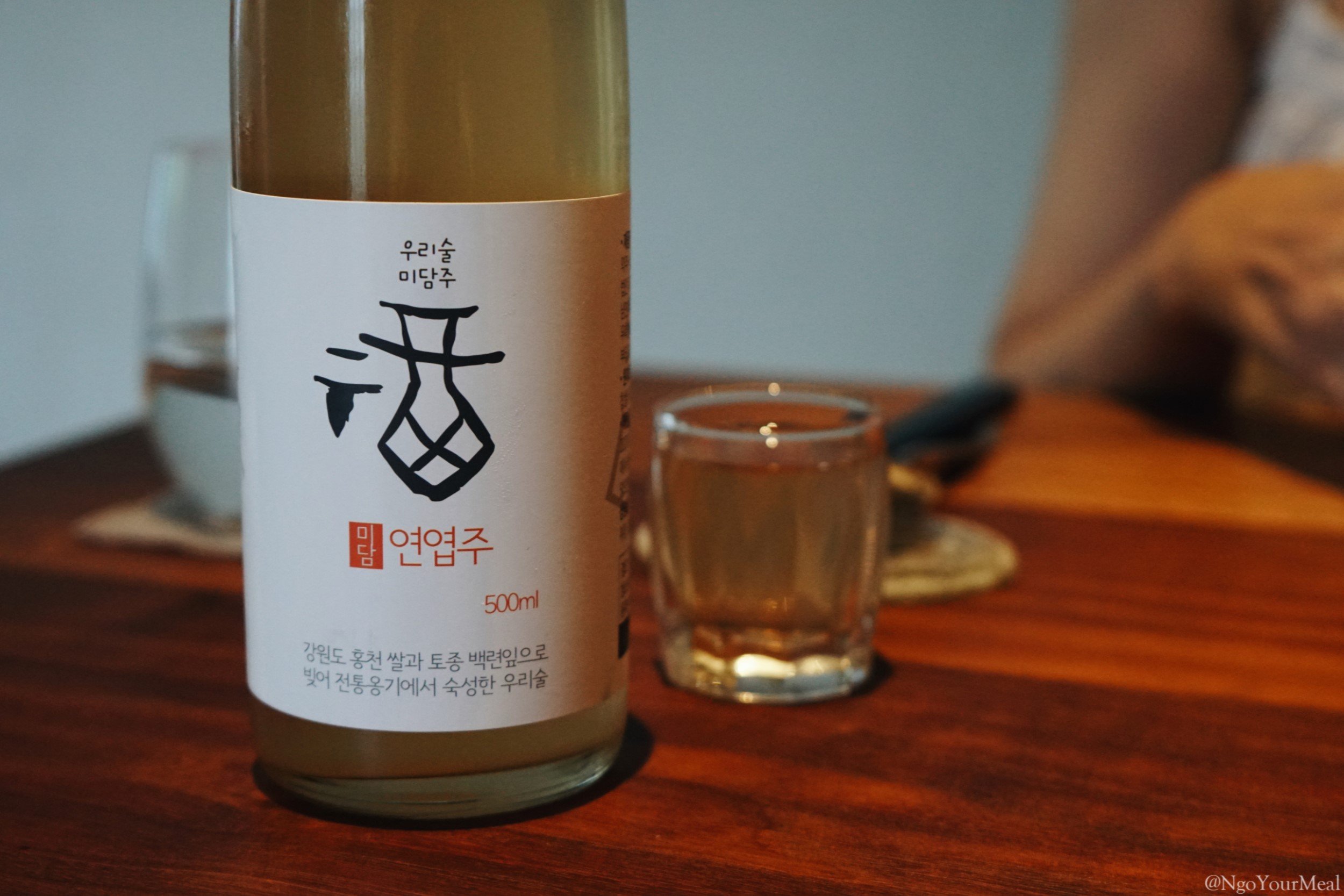
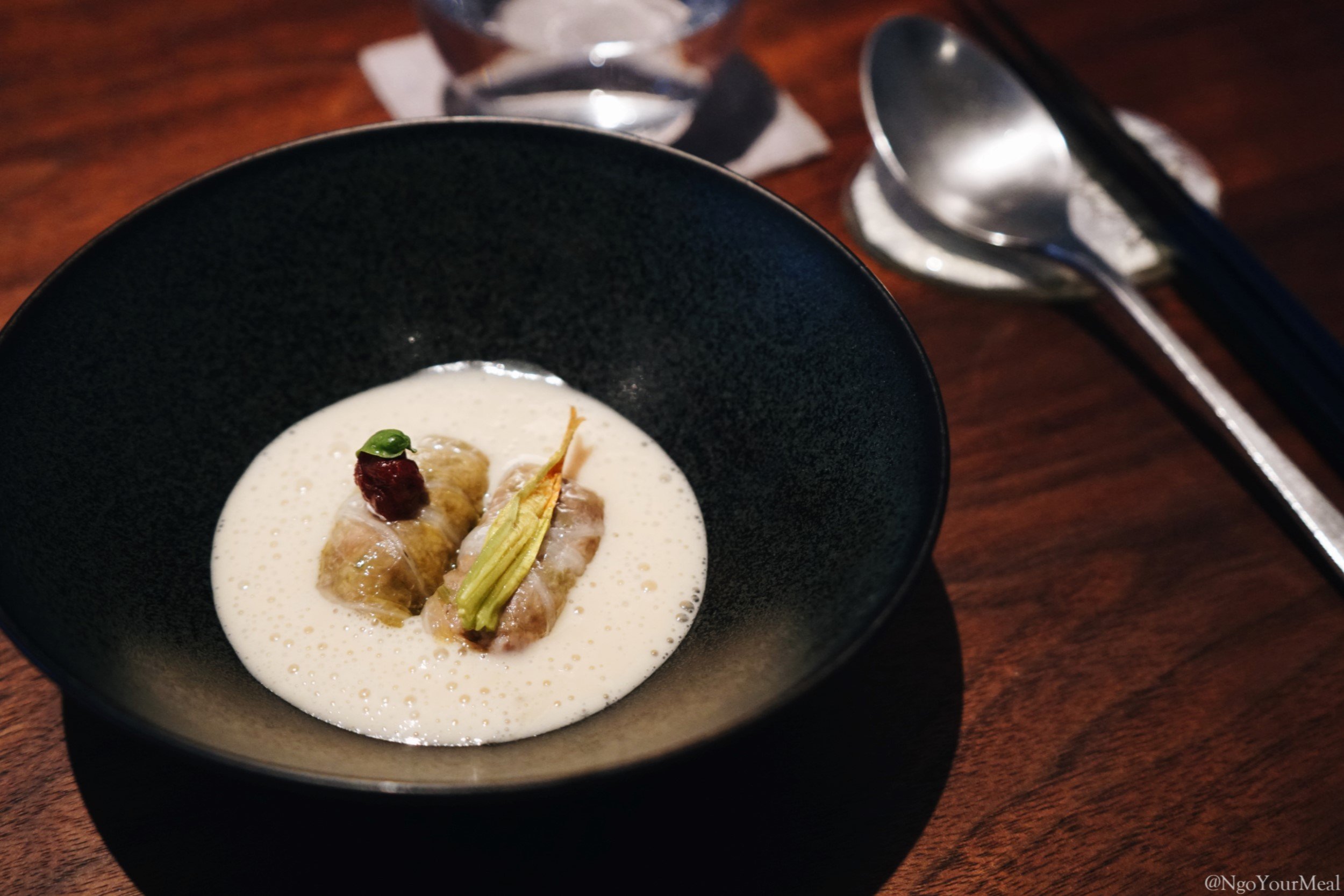
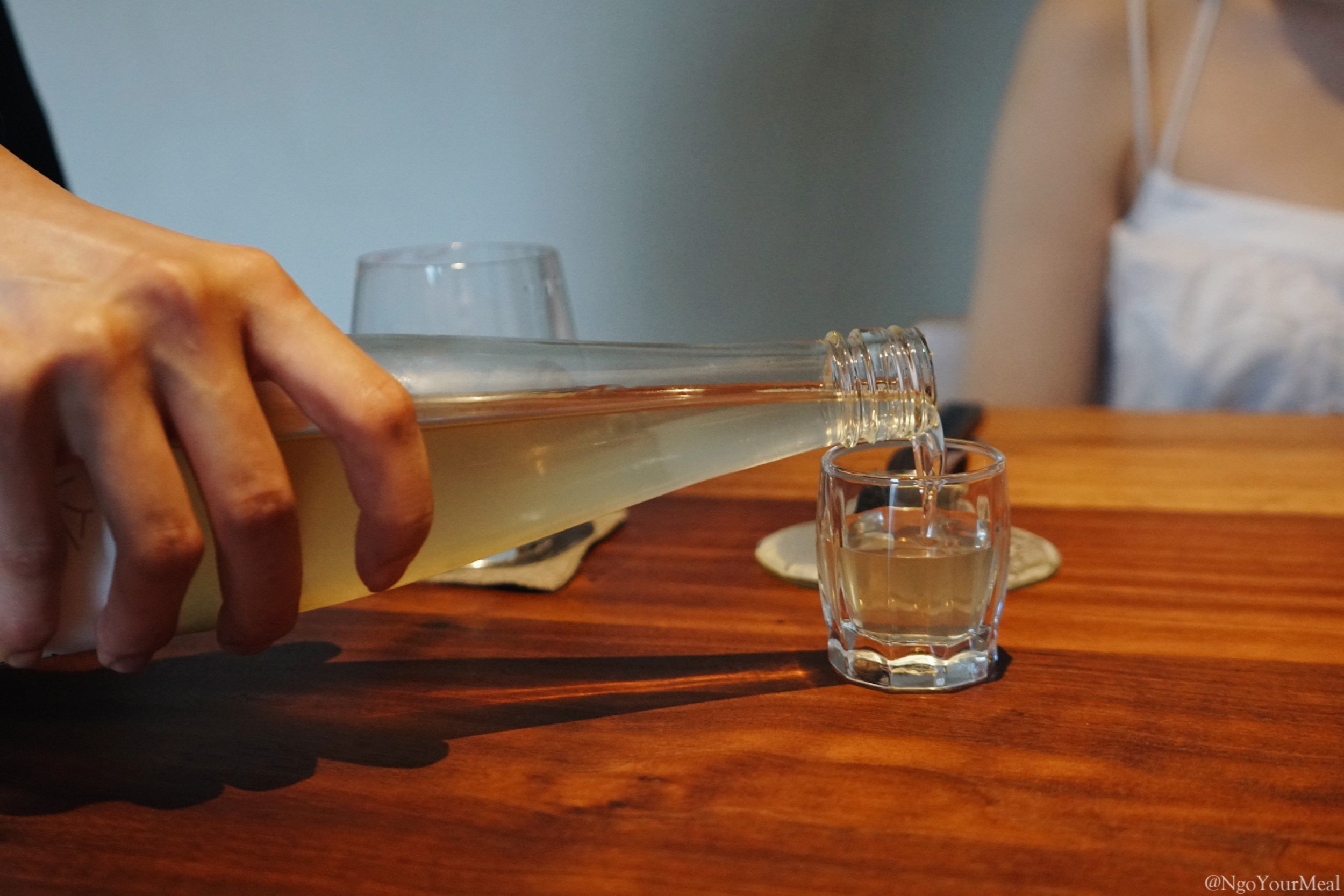
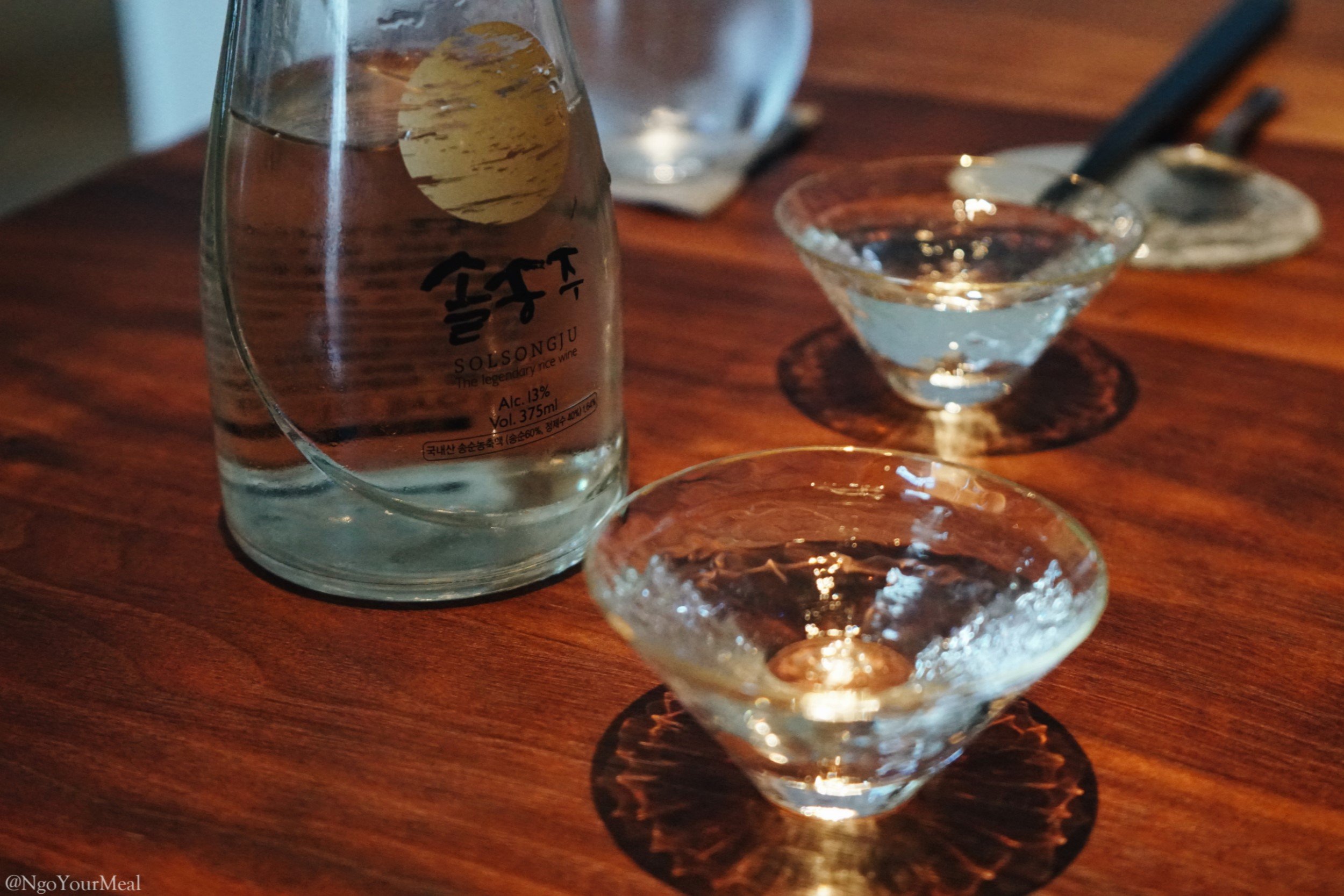
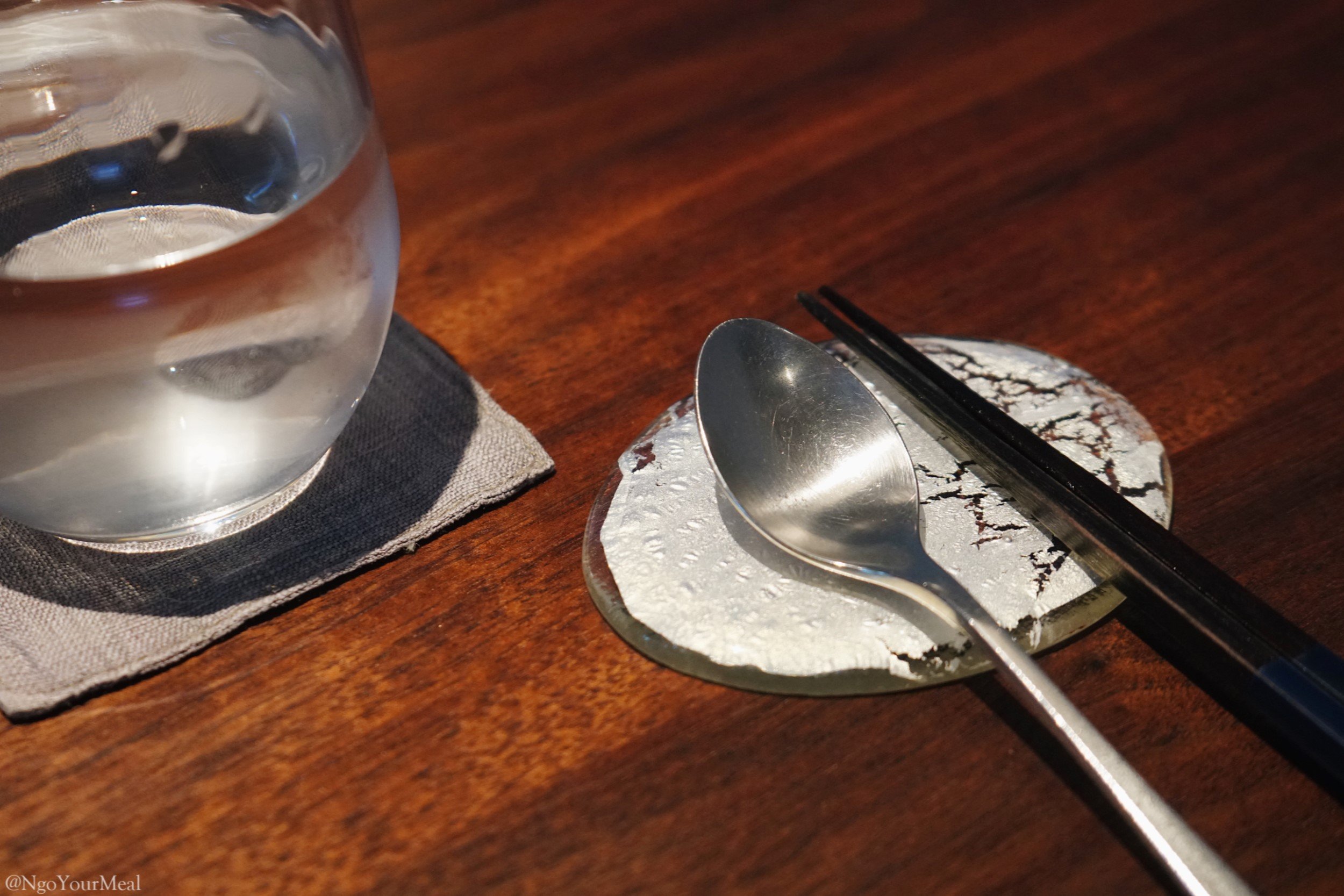
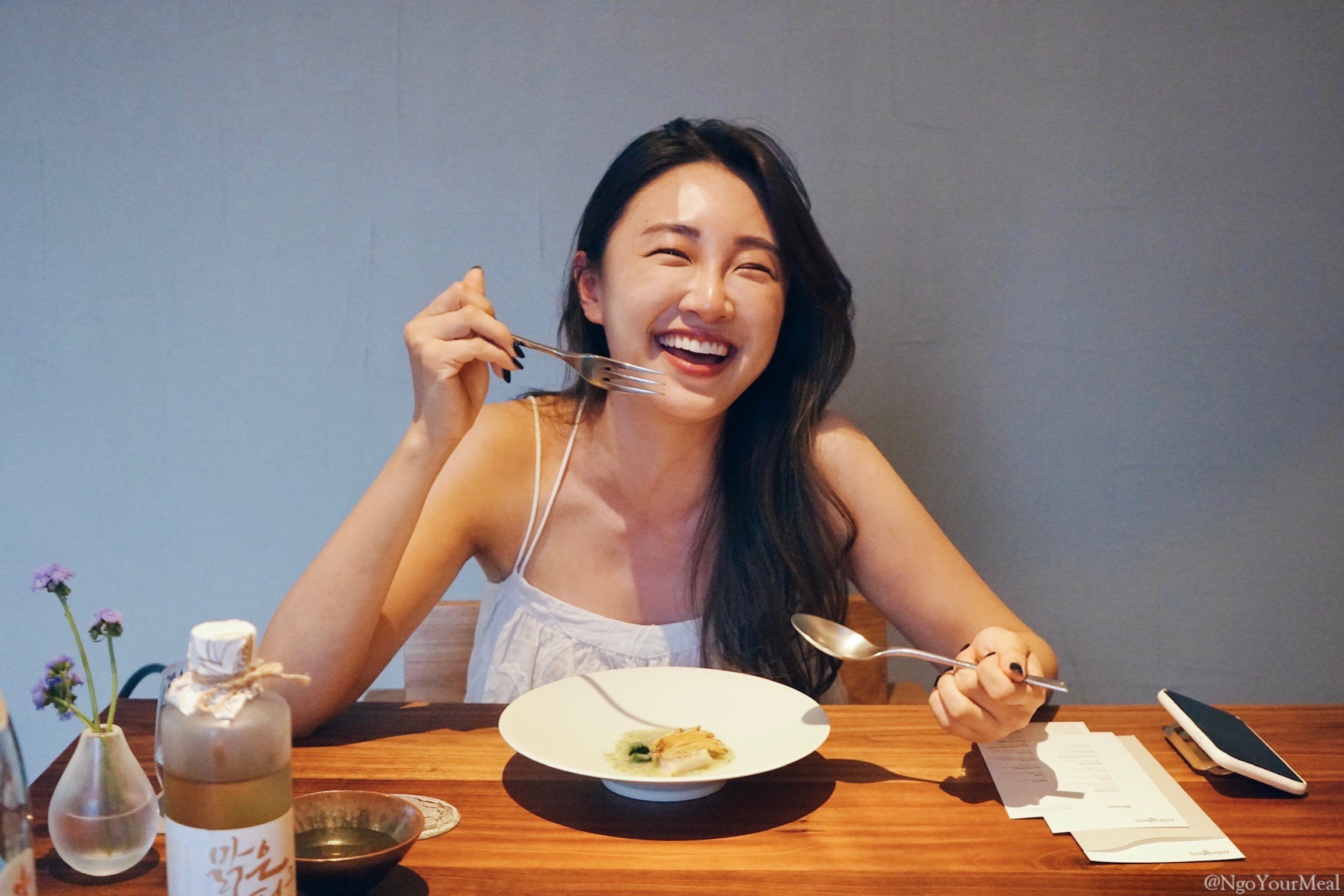
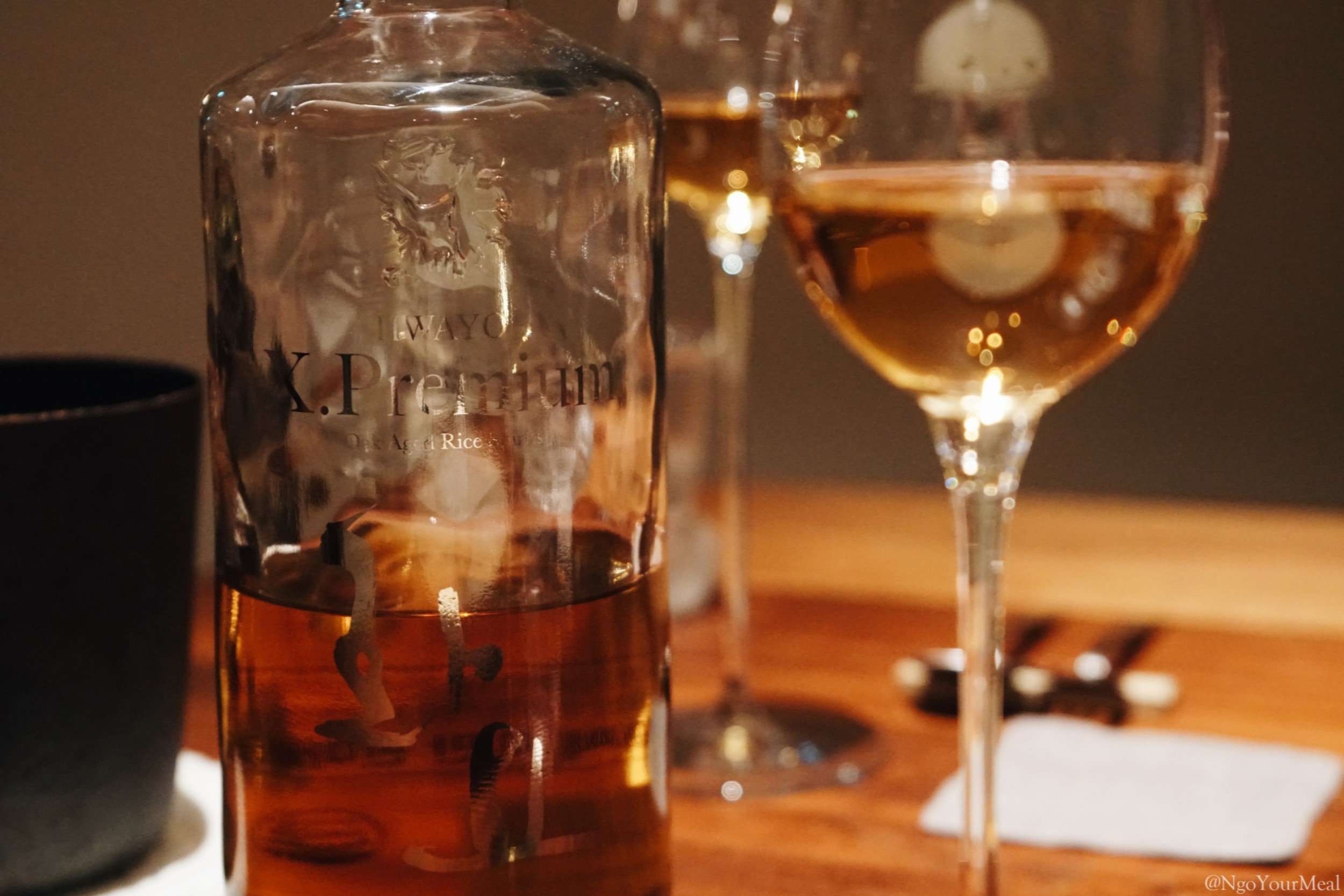
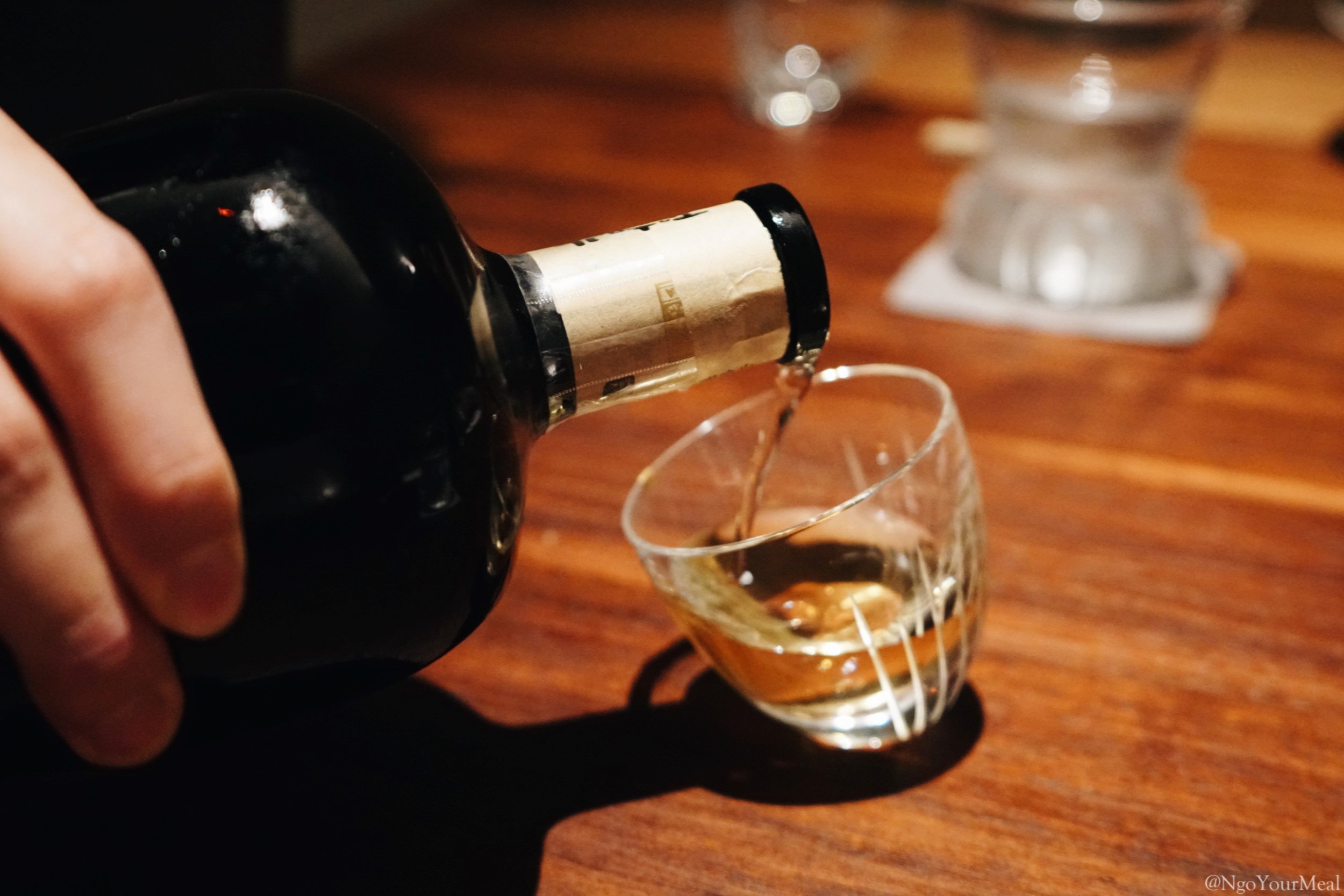

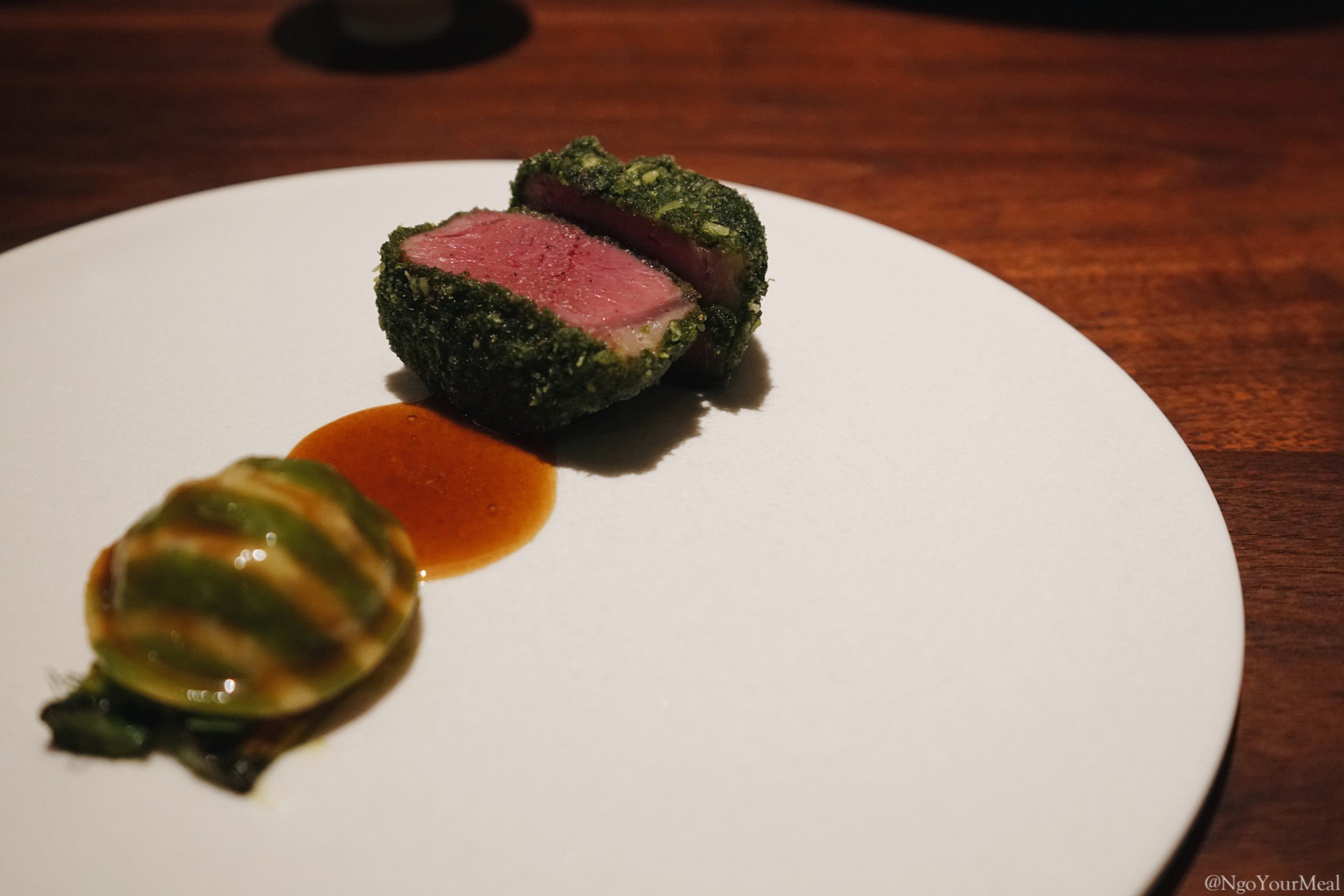

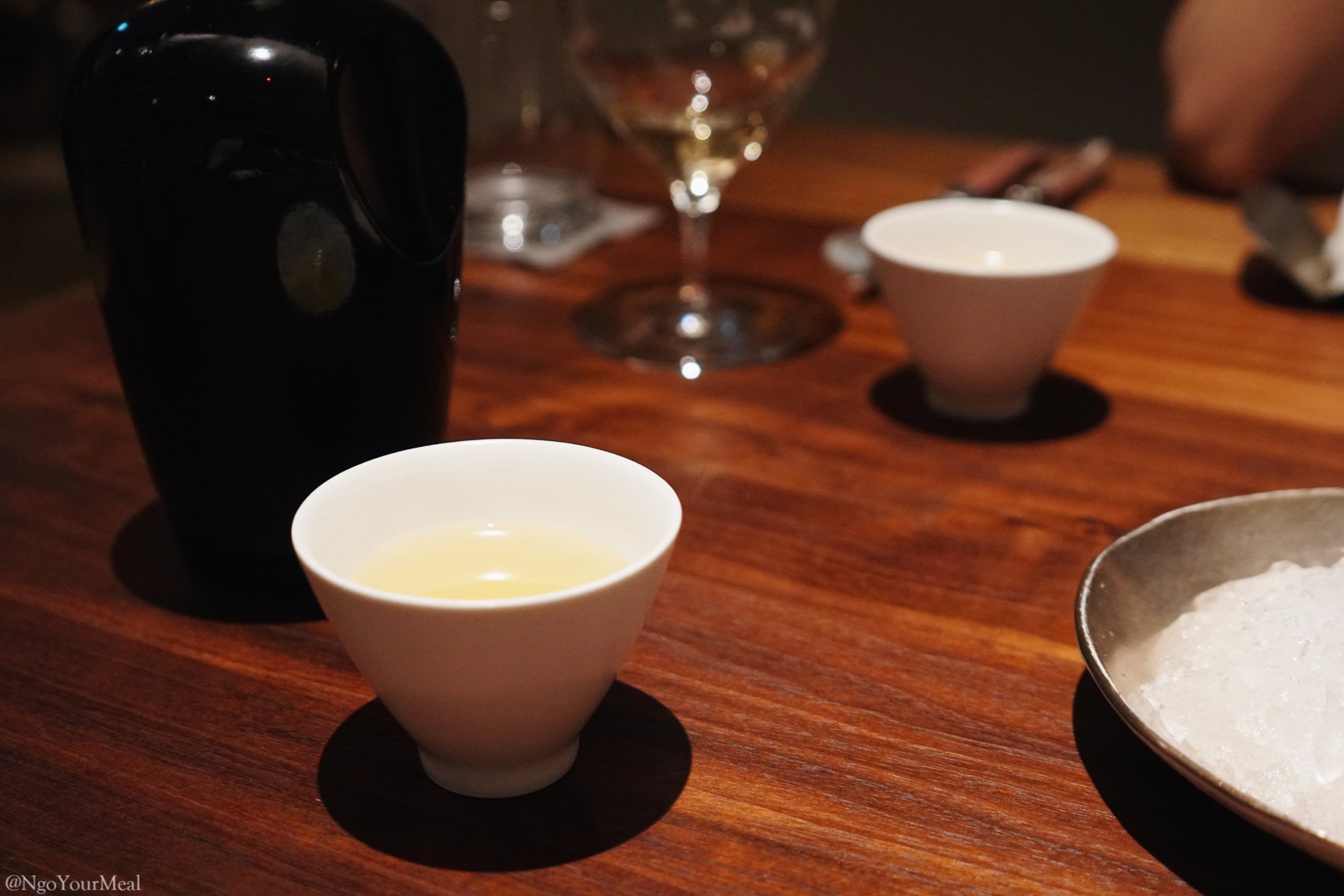
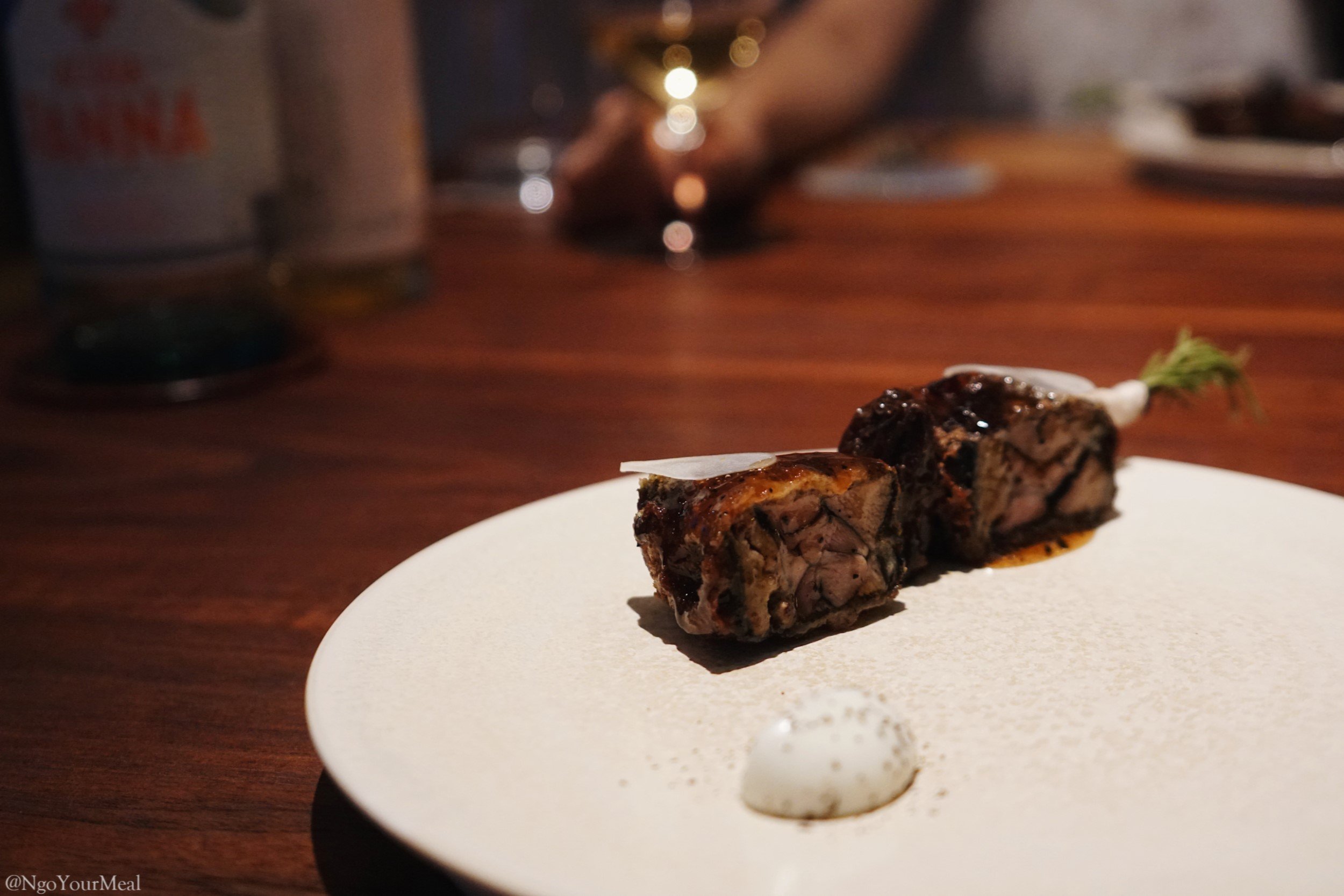
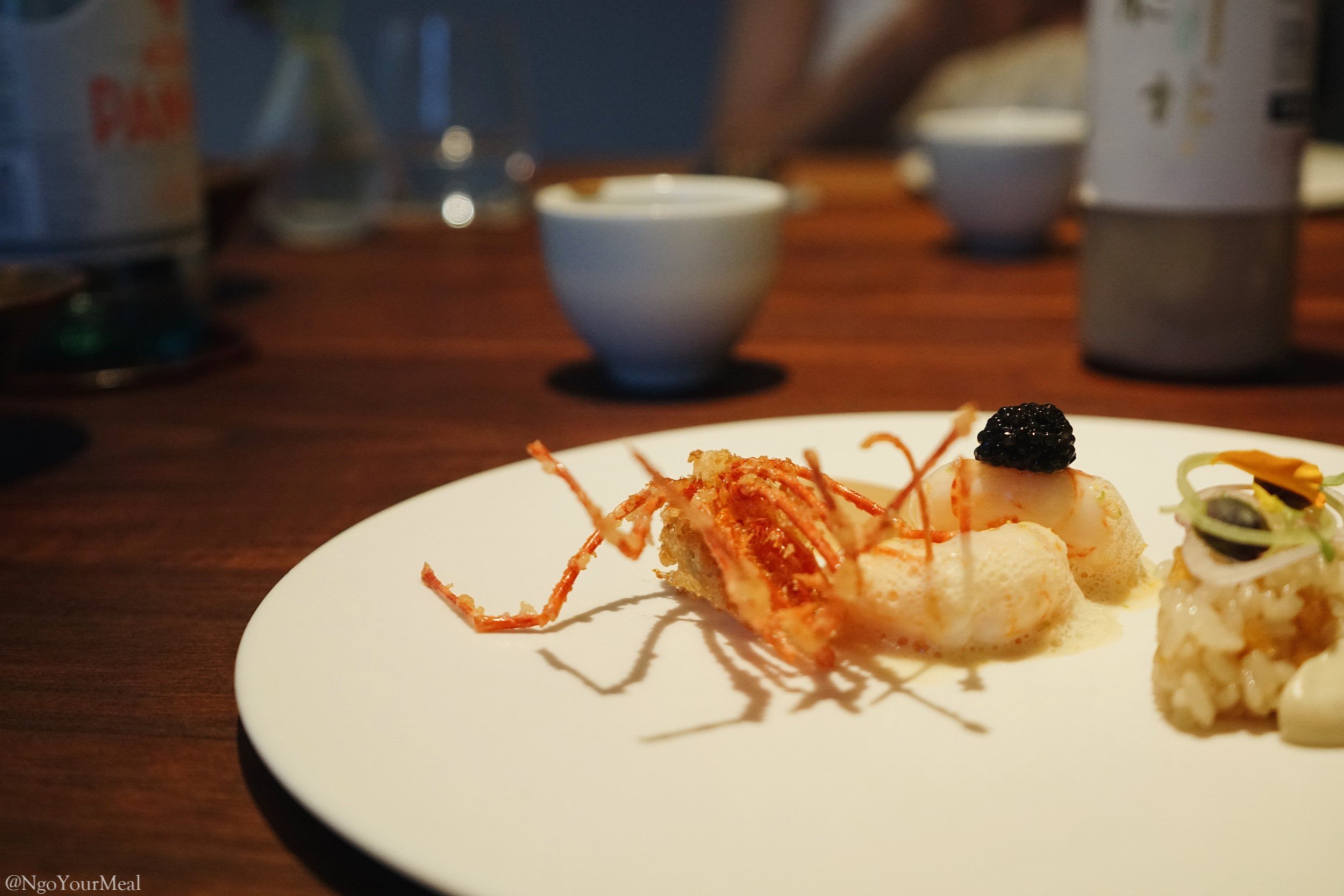
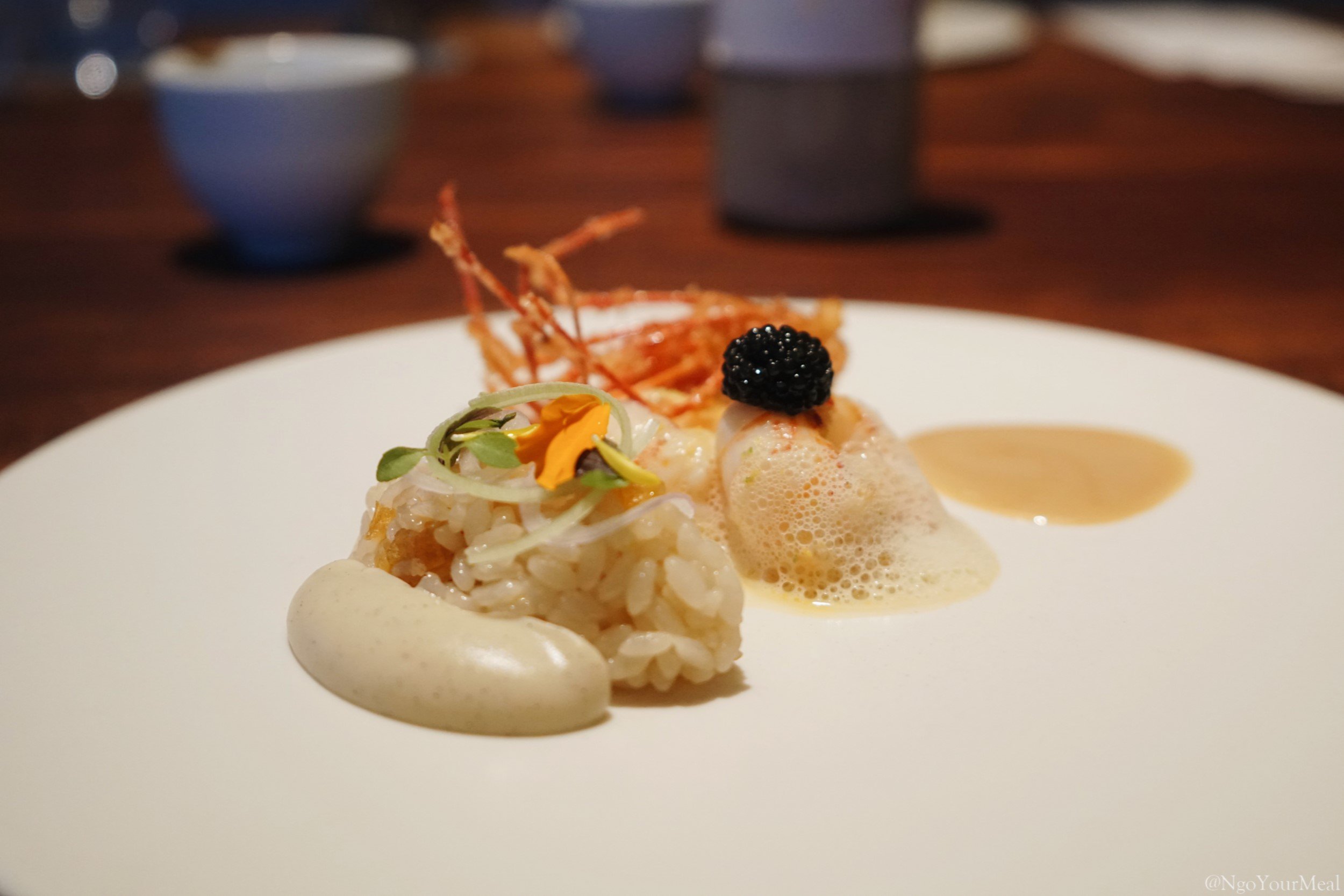
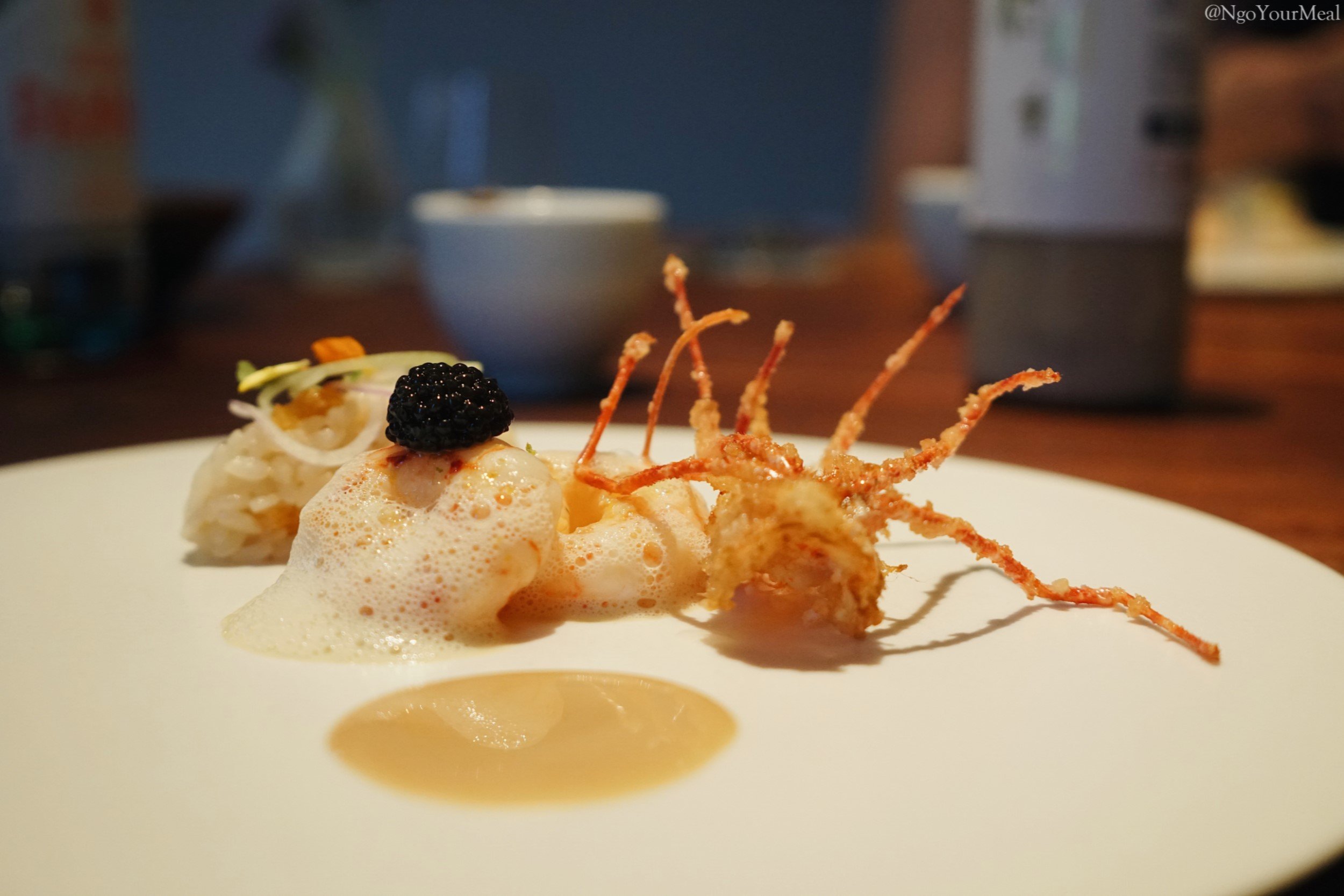
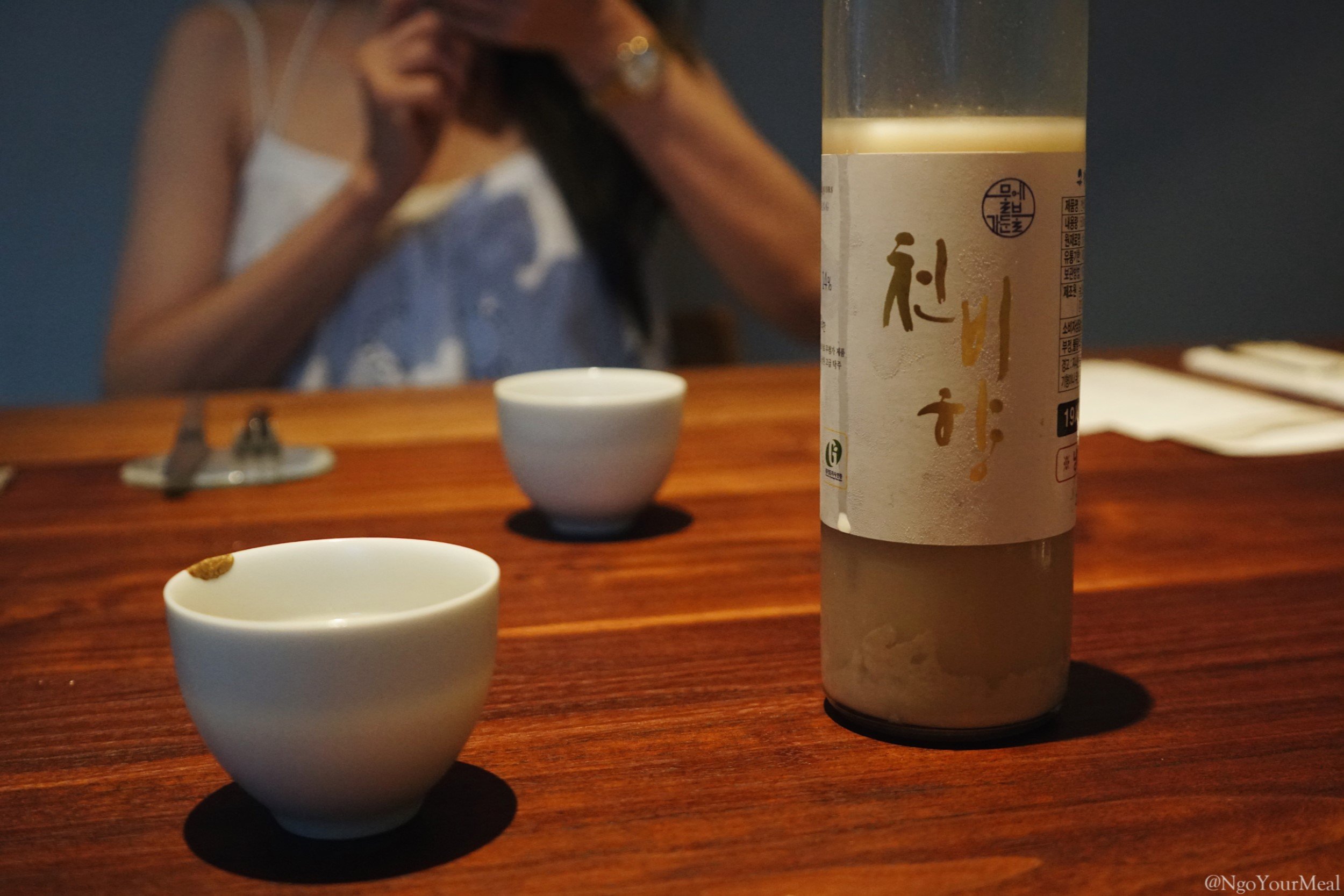
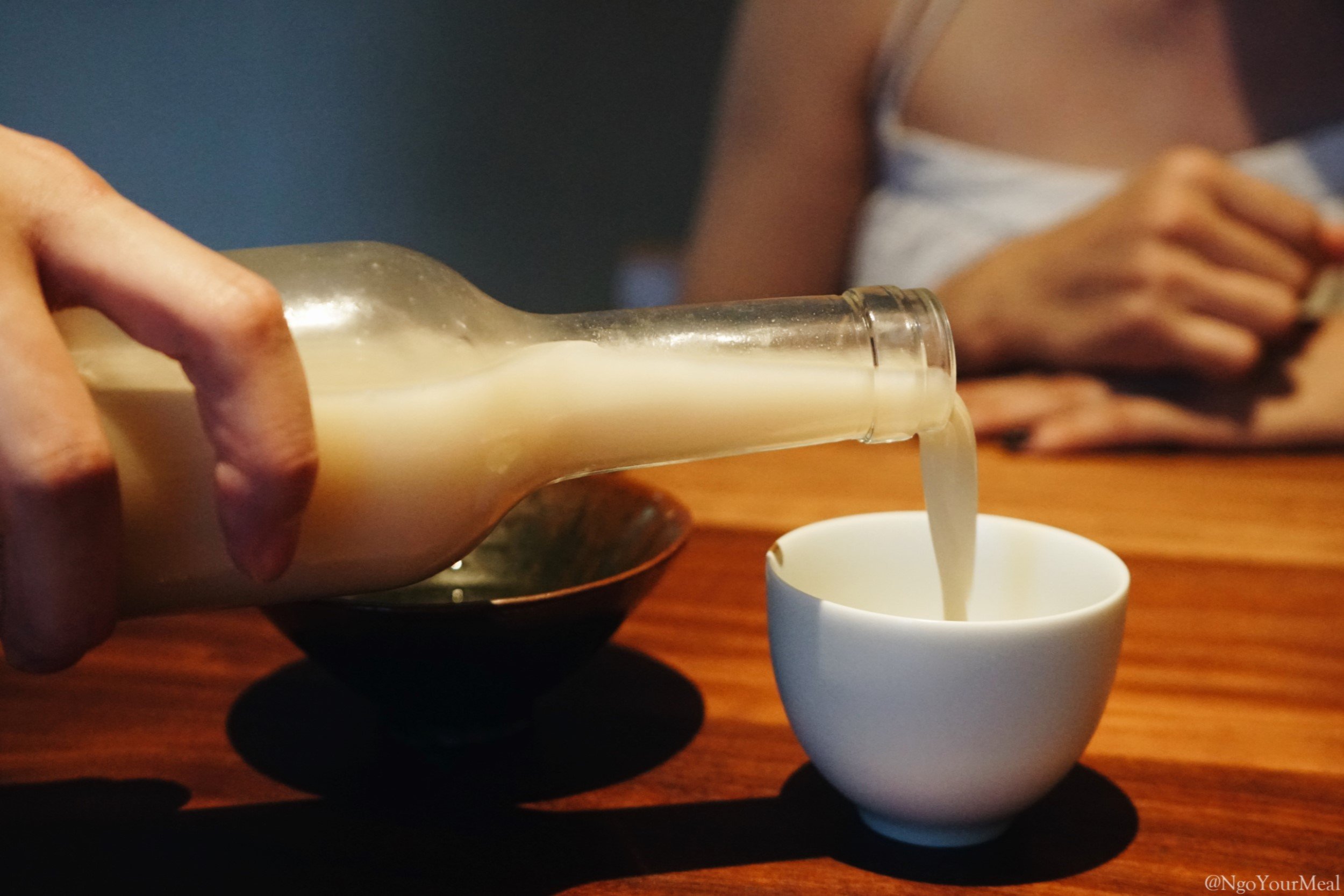
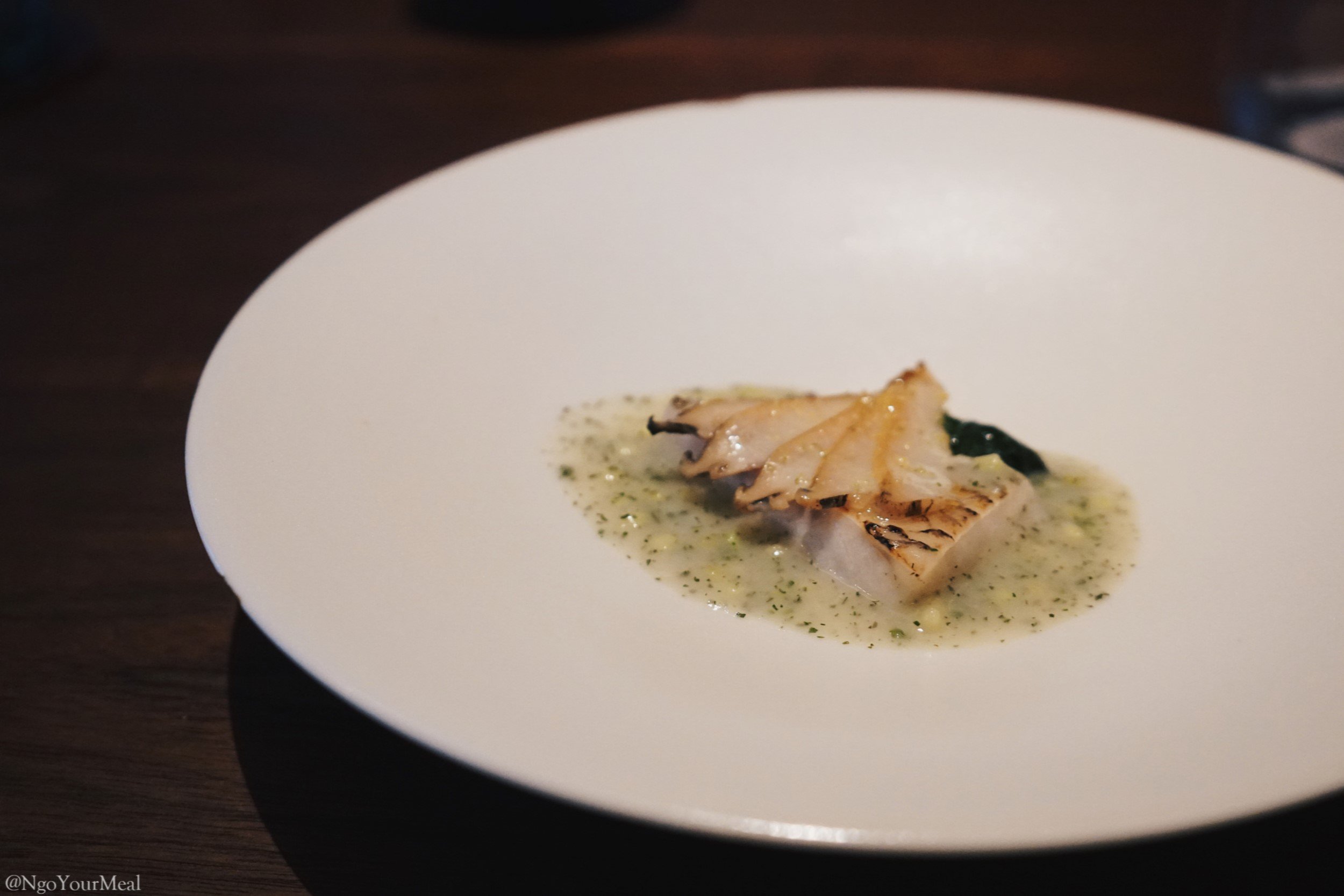
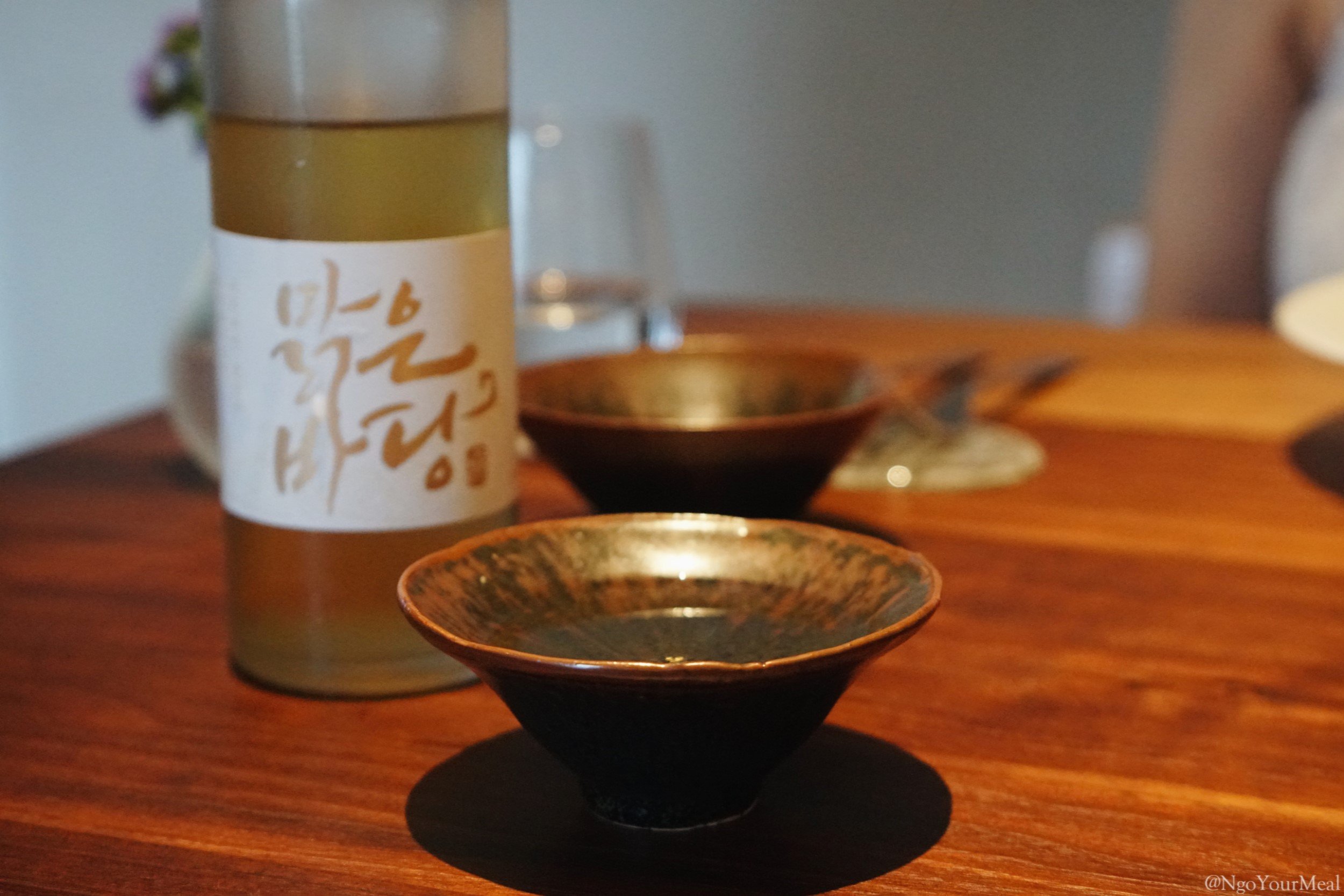
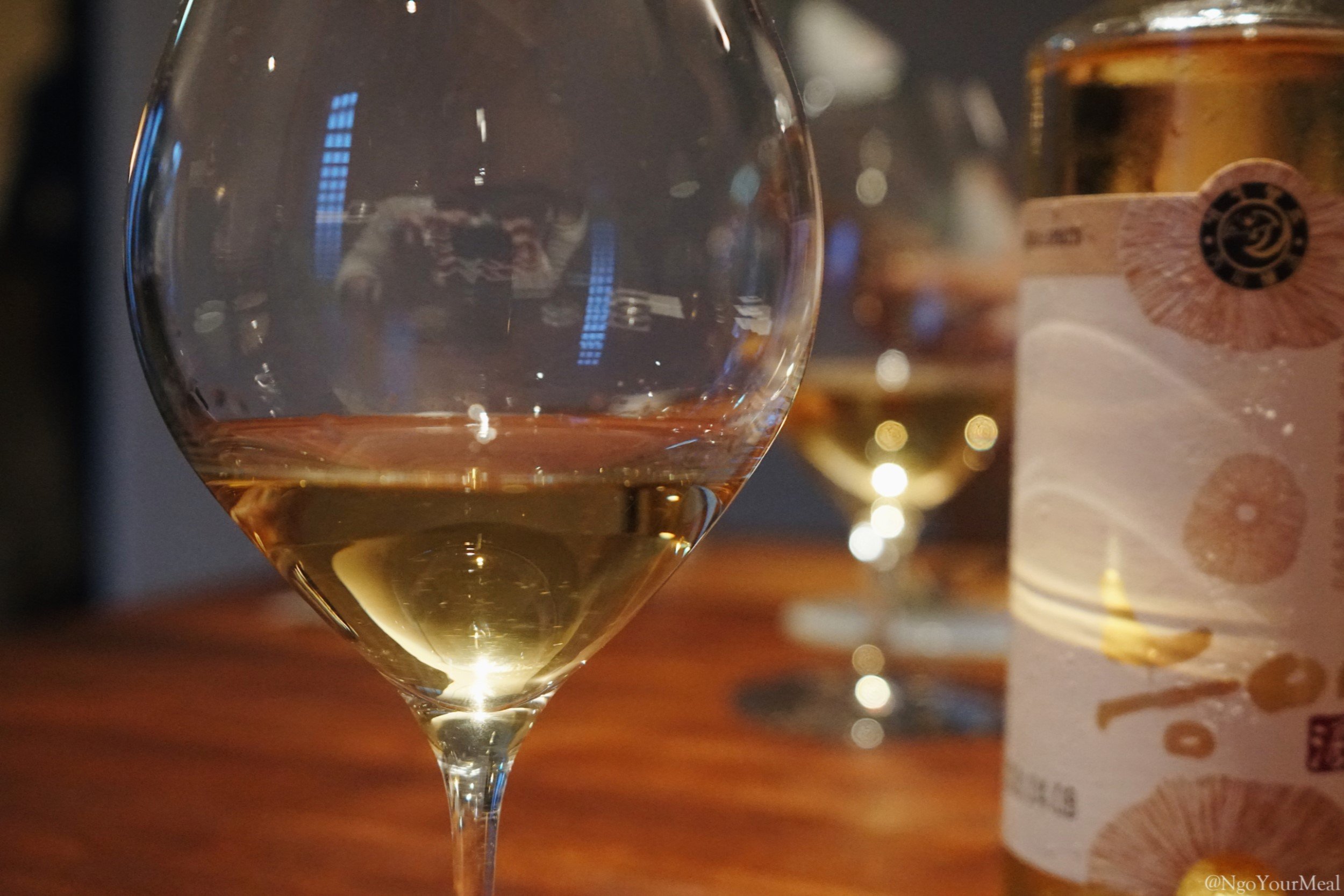

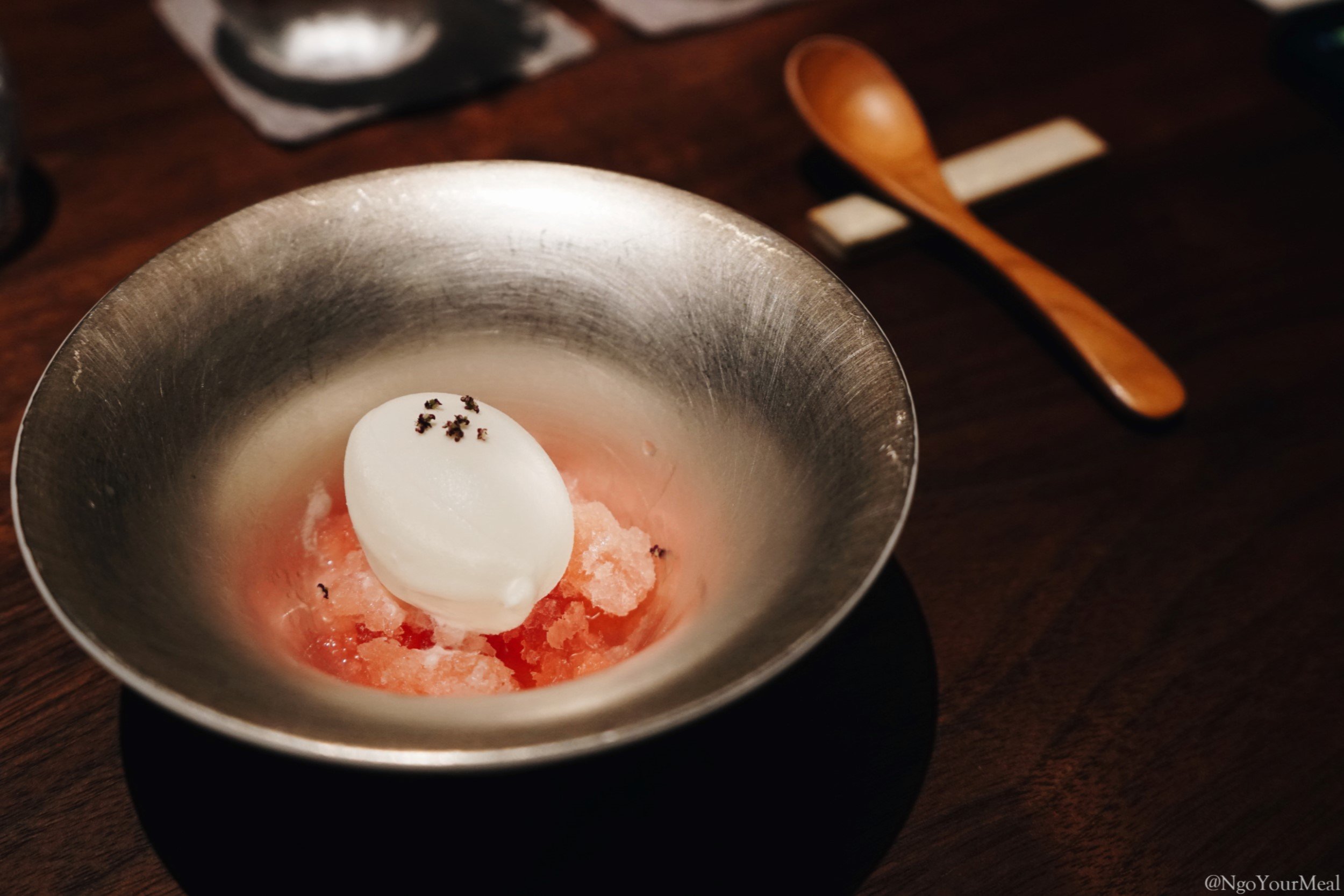
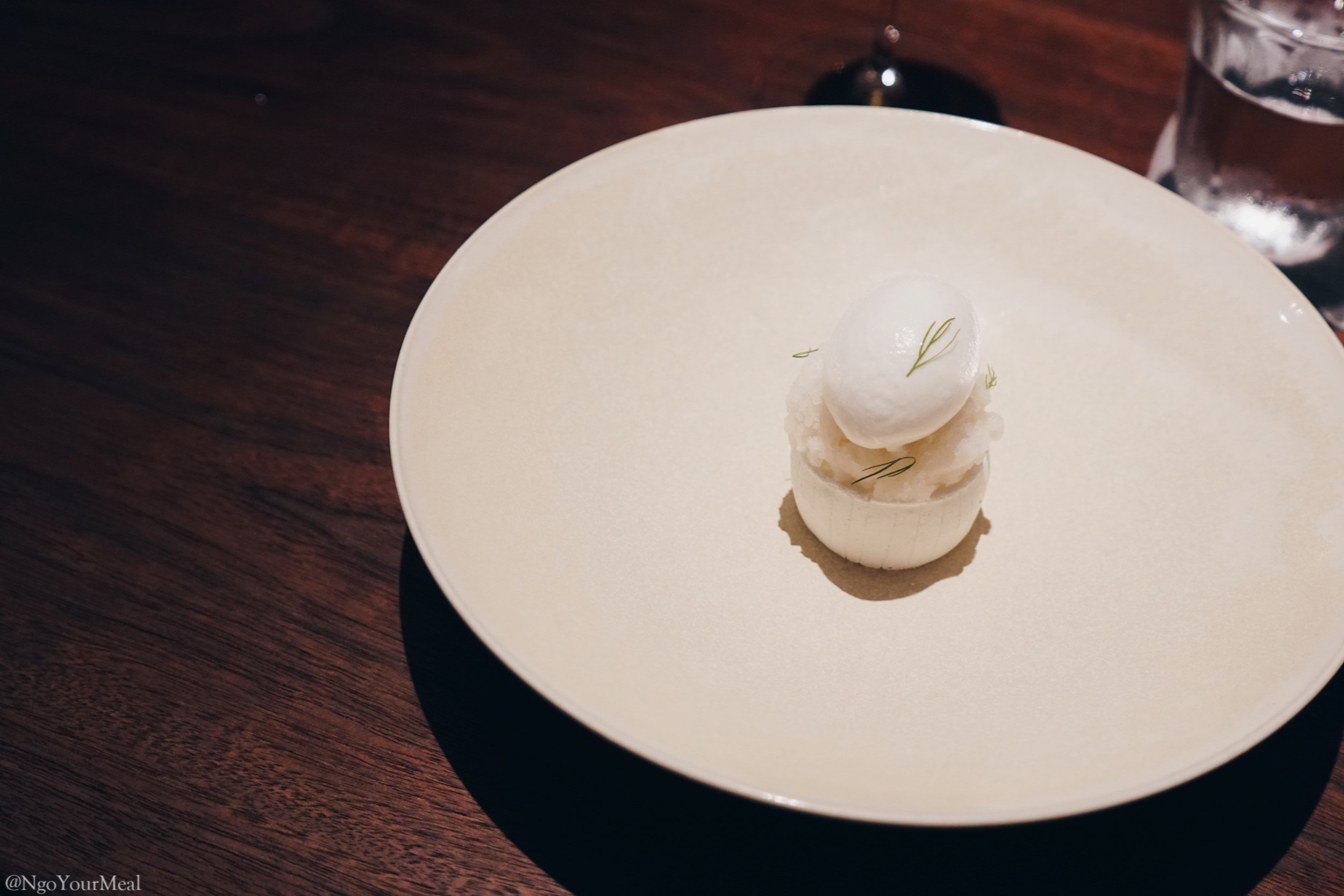
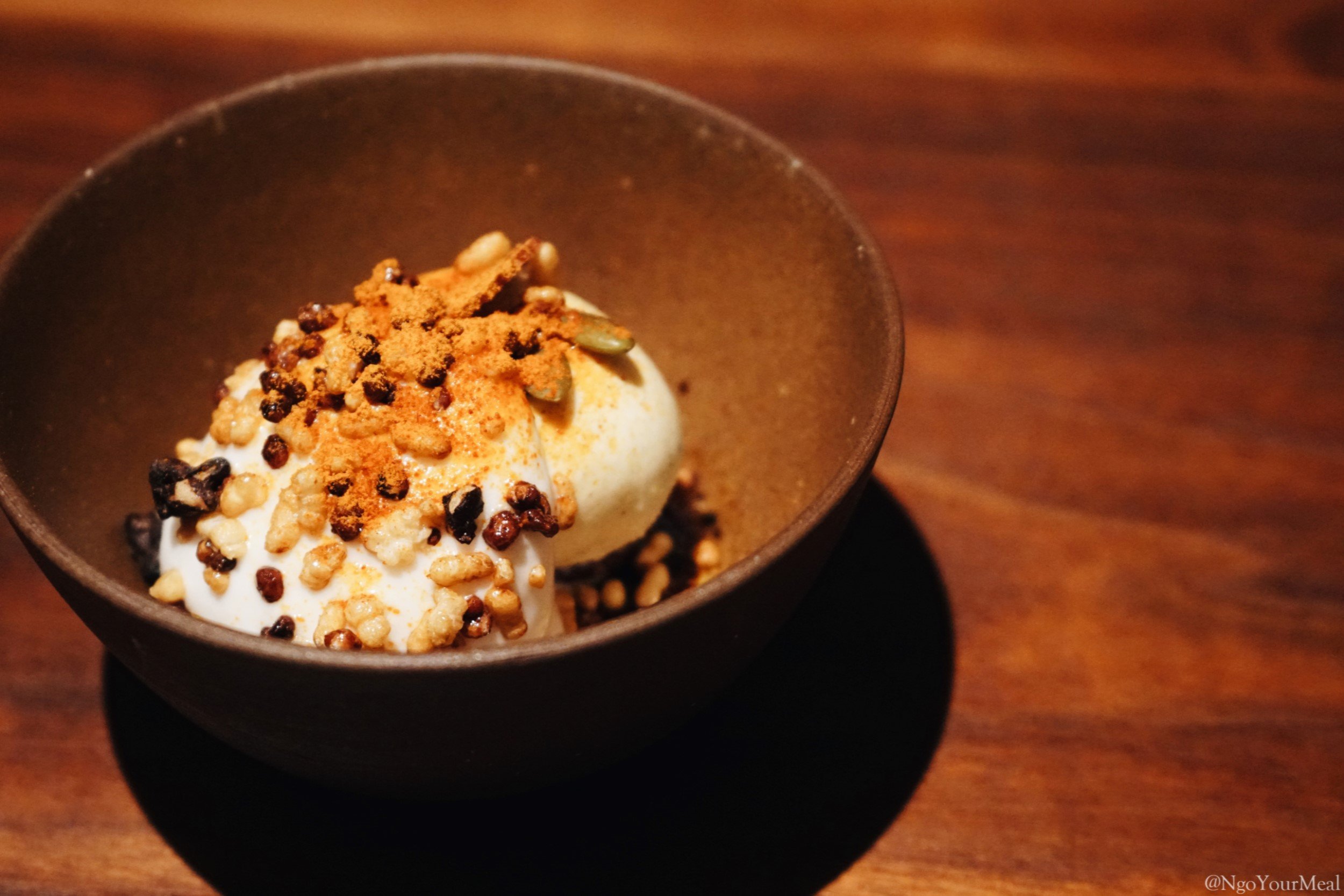
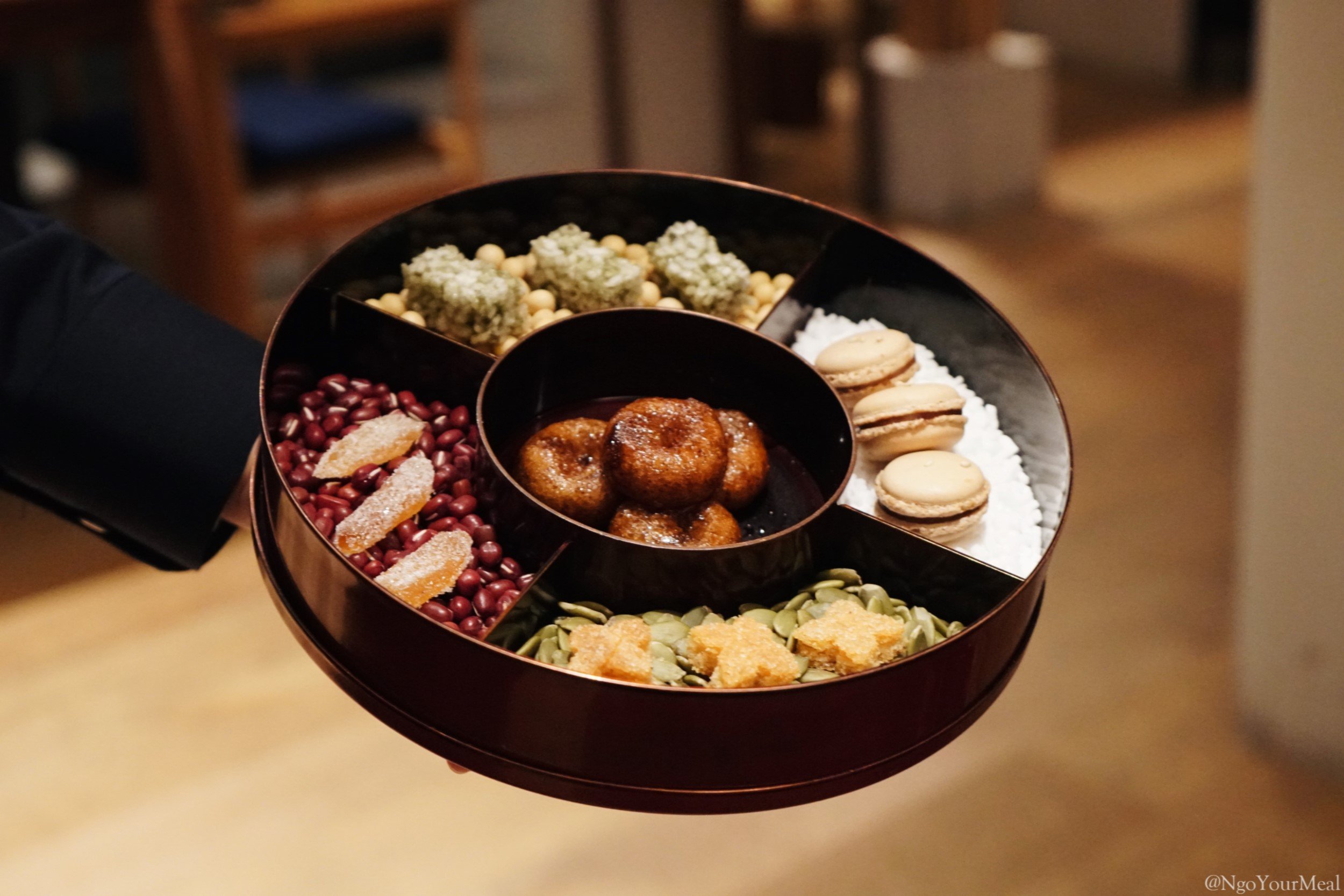
Mingles is a two-star Michelin restaurant that consistently ranks at the top of South Korea’s best eateries. Headed by Chef Kang Mingoo, Mingles is his creative outlet for marrying traditional and modern Korean elements.
Mingles is more relaxed than the typical fine dining restaurant. From the first moment, we were welcomed by this richness of open space. Its atmosphere boasted humble luxury. Each table felt private without being too isolated. The interior of the restaurant was also filled with warm wood tones and an abundance of natural lighting.
Annie and I sat towards the rear of the restaurant. This might sound unappealing but actually it was quite nice and almost felt like an exclusive room. We enjoyed the privacy and still received more than enough care and attention from the staff.
At Mingles, the menu is straightforward with a single tasting menu and a few add-ons, including guksu (Korean noodles), truffles, and caviar. There are also several liquor pairings. Since we were in Korea, it was only polite to opt for the traditional Korean liquor pairing.
The menu presented traditional Korean flavors with modern attributes. For example, there was a dish called “Sense of Jeju”, which was described as a “steamed seasonal fish”. When it arrived, it was actually abalone, a mollusk traditionally harvested by the haenyeo, a community of female free divers who gather clams, sea urchin, seaweed, and many other sea creatures in Jeju. Usually grilled or steamed then served whole, Mingles’ abalone was gently cooked until tender then thinly sliced. It was accompanied by a high-end, oily fish called Akamutsu and paired with a seafood broth made with sesame leaf and Korean pepper seed.
The verbal explanations of each dish (and drink) were given in Korean. Annie was kind enough to translate every single one so that I could understand and enjoy too! Some of our favorites include the Fried Hairtail with Gamtae (Seaweed), the Silky Fowl and Morel Mushroom Skewer, and the Jang Trio, which was a dessert made with three types of savory ingredients: ganjang (soy sauce), doenjang (fermented soybean paste), and gochujang (red pepper paste). The latter was a true testament to Mingles’ motto of “Blending contrasting elements into harmony”.
Overall, this was one of our favorite meals in Korea. The menu is constantly evolving based on seasonal ingredients so you won’t be spoiled by anything that was described in this review. We had a lot of fun with the traditional liquor pairing because we got to try a lot of new and unique types of alcohol. The aspect that I admire most about Mingles is that you can really feel the respect and appreciation it has for tradition and purely Korean flavors. Definitely going to make an effort to come back!
Cuisine: Korean
Average Price per Person: $172 USD / 220,000 WON (Food Only) - This is really good value considering the quality of food and the fact that it’s a two-star Michelin restaurant.
Address:
South Korea, Seoul, Gangnam-gu, Dosan-daero 67-gil, 19 힐탑빌딩 2층
서울특별시 강남구 도산대로67길 19 힐탑빌딩 2층
Recommended:
Tasting Menu (220,000 WON or $172 USD)
Traditional Korean Liquor Pairing (110,000 WON or $86 USD)
The menu was available in both English and Korean. That was really helpful since I can’t speak any Korean at all!
The Traditional Korean Alcohol pairing started off with the Solsongju, which was made with Rice, Pine Needle, and Pine Tree Shoots. It really did have a strong pine flavor.
Pattern Squid with Ginger - a light bite with incredible texture.
Amberjack with Doenjang. I adore Doenjang, a Korean fermented soybean paste. It’s similar to Japanese miso but it’s funkier, less sweet, and more umami. This is a gorgeous way to dress a milder raw fish like Amberjack.
Fried Hairtail Fish with Seaweed. The hairtail was delicate with white, flaky meat. It was complemented by a gently crisp blanket of roasted seaweed (or gamtae).
Summer Corn, Prawn Crumb, and Caviar. Wow - Chodang corn is a seasonal treat with incomparable sweetness. You would think it’s the prawn or caviar that would be the star of the show but it was actually the corn.
Yeonyeobju: Rice, Glutinous Rice, Lotus Leaf, Wheat. This was herbaceous and a nice start to the traditional Korean liquor pairing.
Eggplant, Pumpkin, Black Vinegar Sauce, Black Truffle. The Eggplant was wrapped in a light, crepe-like casing and hid the presence of a pine nut dressing. The Black Vinegar Sauce was also enhanced with some burnt sugar.
Ellyeop Pyunjoo: Fresh Turbid Rice Wine. Let’s get to work. This booze has hints of rich fruit and an intricate sweetness of rice.
Korean Beef Wanja, Cabbage, and Soybean Sauce. Korean Beef is worthy of international recognition but high demand within the country and limited herds keep this meat under the radar. It’s extremely coveted at home as a valuable part of Korean heritage. I’ll tell you about the flavor when we get to the main course. You won’t be disappointed!
Malgeunbadang: Rice from Jeju Island. This is made with rice that grows in the rich, volcanic terrain of Jeju Island. It’s saltier and goes well with fish…
Akamutsu and Abalone with Seafood Broth. Insanely tender abalone, oily fish, and a unique sauce made with sesame leaf and Korean pepper seed (or jaepi).
Cheon Bi Hyang: Fresh Turbid Rice Wine. Fermented 4 times, this was so smooth with condensed flavor.
Flower Shrimp with Crustacean Sauce. It sounds simple but, behind the scenes, it was accompanied by yeast sauce, black vinegar, dried apples, rice, a cauliflower purée, and mayonnaise made with garlic, olives, and rosemary.
Neungi-ju: Rice, Neungi Mushroom. One of the most interesting liquors I’ve had. It definitely had a strong mushroom aroma. Very cool.
Silky Fowl, Morel Mushrooms, and Rosemary. A chicken from my childhood that would usually be enjoyed for it’s high nutritional value but, today, it was enchanted by morels and skewered with herb.
Mingles’ Style Lamb with Ravioli. The Lamb, from Australia, had a delightful, herb crust.
Korean Beef Chuck Flap Tail and Sirloin with Onion. As promised, I would talk about Hanwoo, or Korean Beef. In terms of flavor, it’s not as “beefy” as American steaks but it’s also not as fatty as Japanese wagyu. It has that perfect balance of lean meat and fat to achieve an ideal level of tenderness.
Jaju: Rice, Black Pepper, Honey. An awesome cleanser.
Korean Melon Ice Cream with Watermelon Granita. The milder Watermelon flavor against the candy-like Korean Melon was married by a floral, Chrysanthemum syrup.
Chunggamju: Sweet Rice. More booze.
Rice Trio Dessert: Malt Ice Cream, Rice Cream, Meringue, Sikhye Granita. Light but varied interpretations of rice as a dessert. They recommended breaking the meringue cup on the bottom to enjoy all the different ingredients together.
Hwayo X Premium Oak Aged Soju. The perfect end to the traditional Korean liquor pairing - it had elements similar to whiskey.
Jang Trio Dessert: Doenjang Crème Brûlée, Ganjang Pecan, Gochujang Puff. This savory treat was unstoppable and it’s no wonder why it’s one of Mingles’ signature dishes. It had the umami caramelization of Doenjang, the saltiness of a soy sauce (Ganjang) pecan, and the chili kick of the Gochujang. Amazing.
Iced Coffee to survive a food coma.
Korean Sweets but petit four.
Annie is having a great time with her Akamutsu! Did the fish tell a joke?
